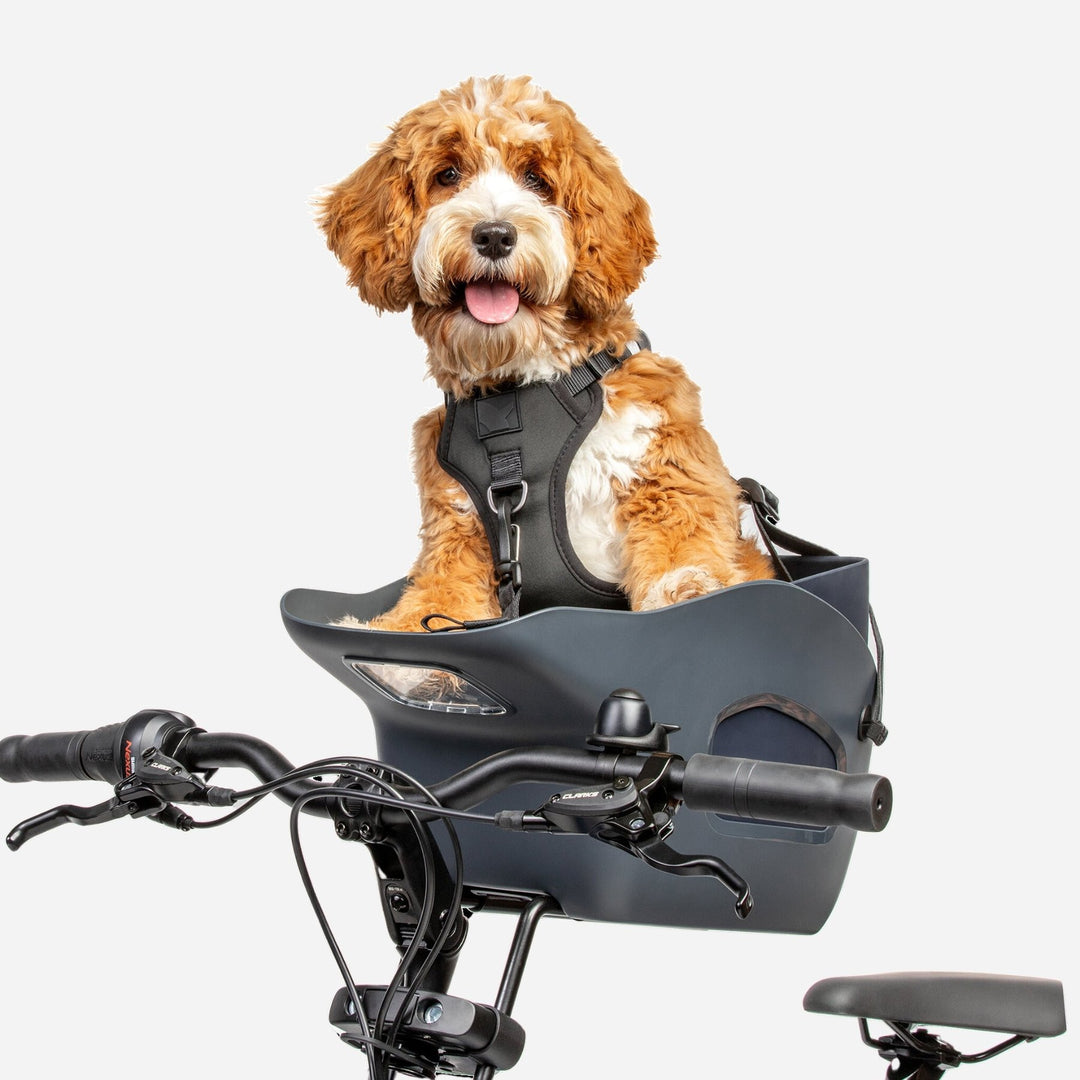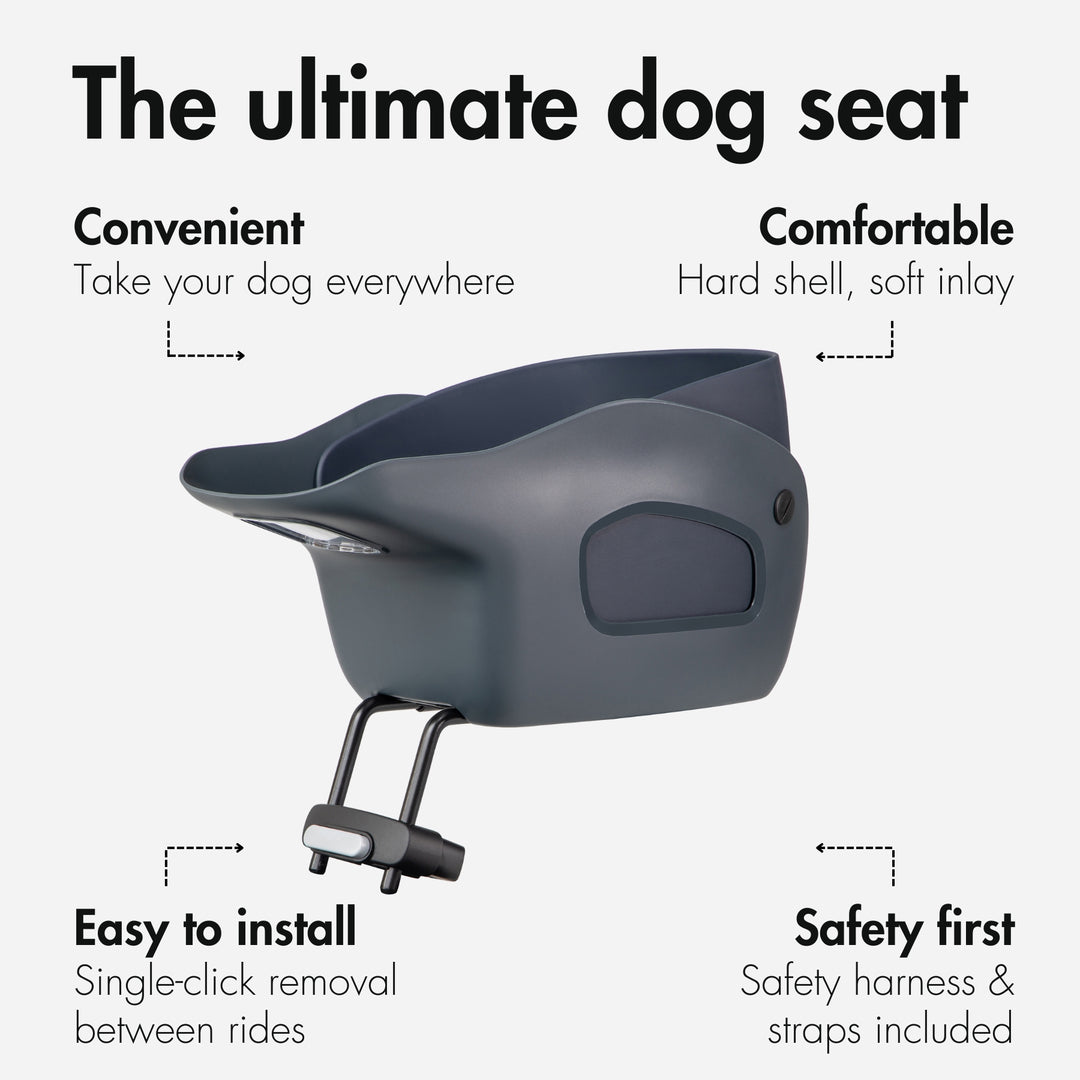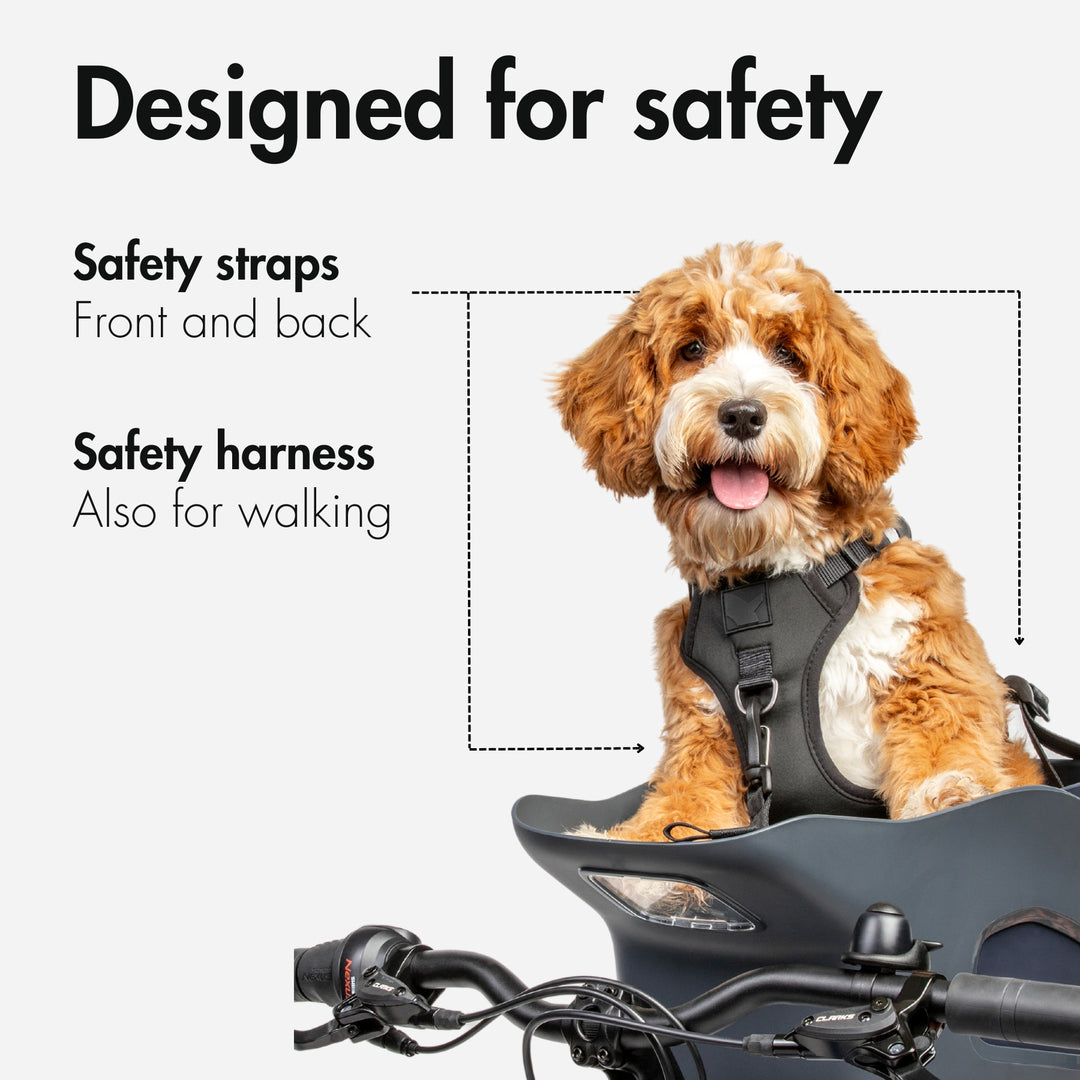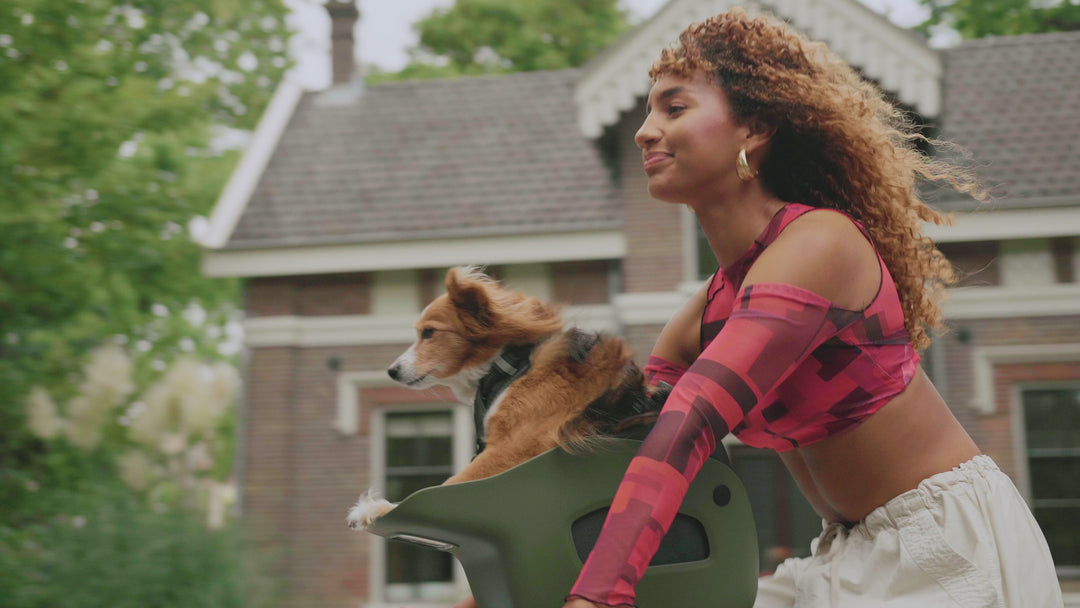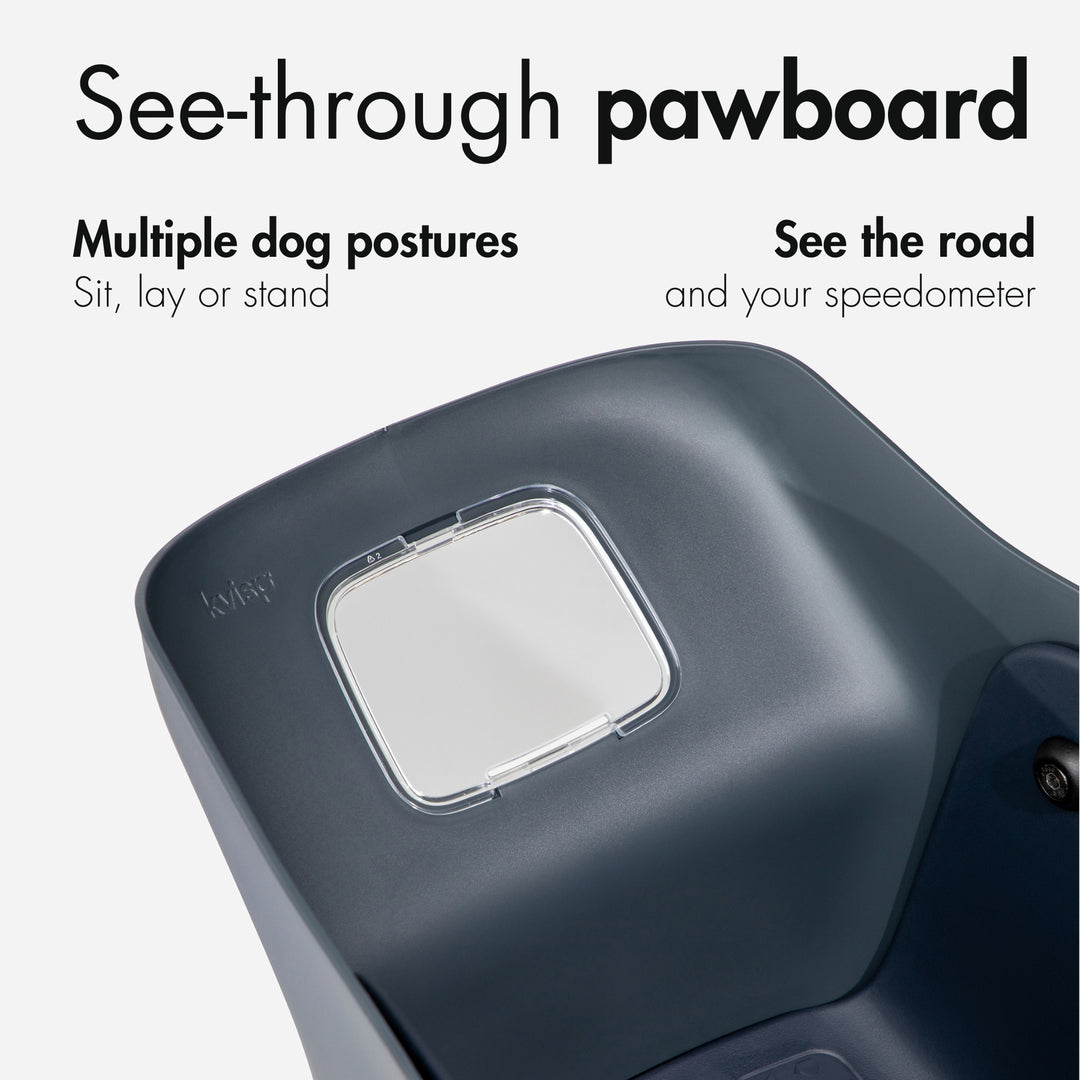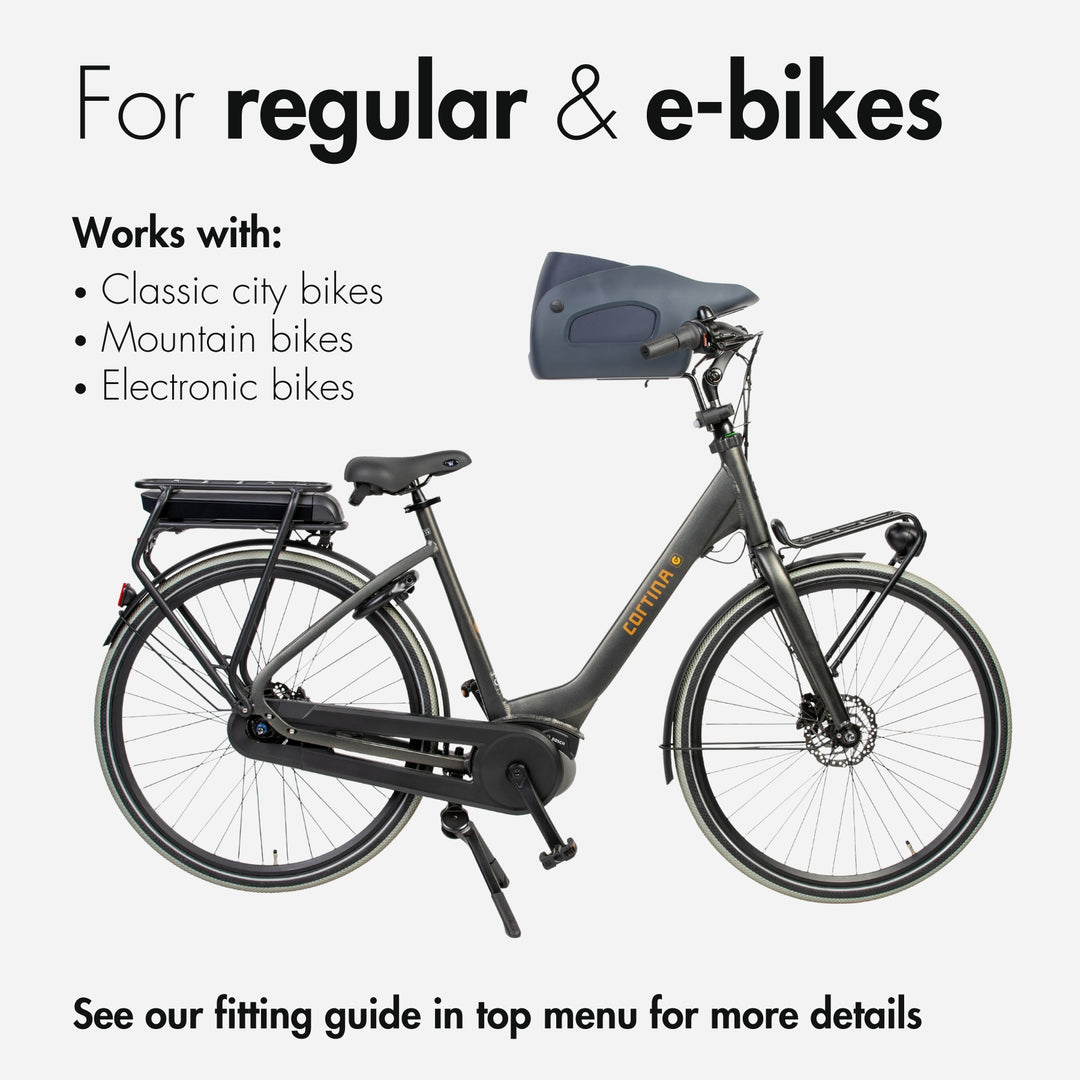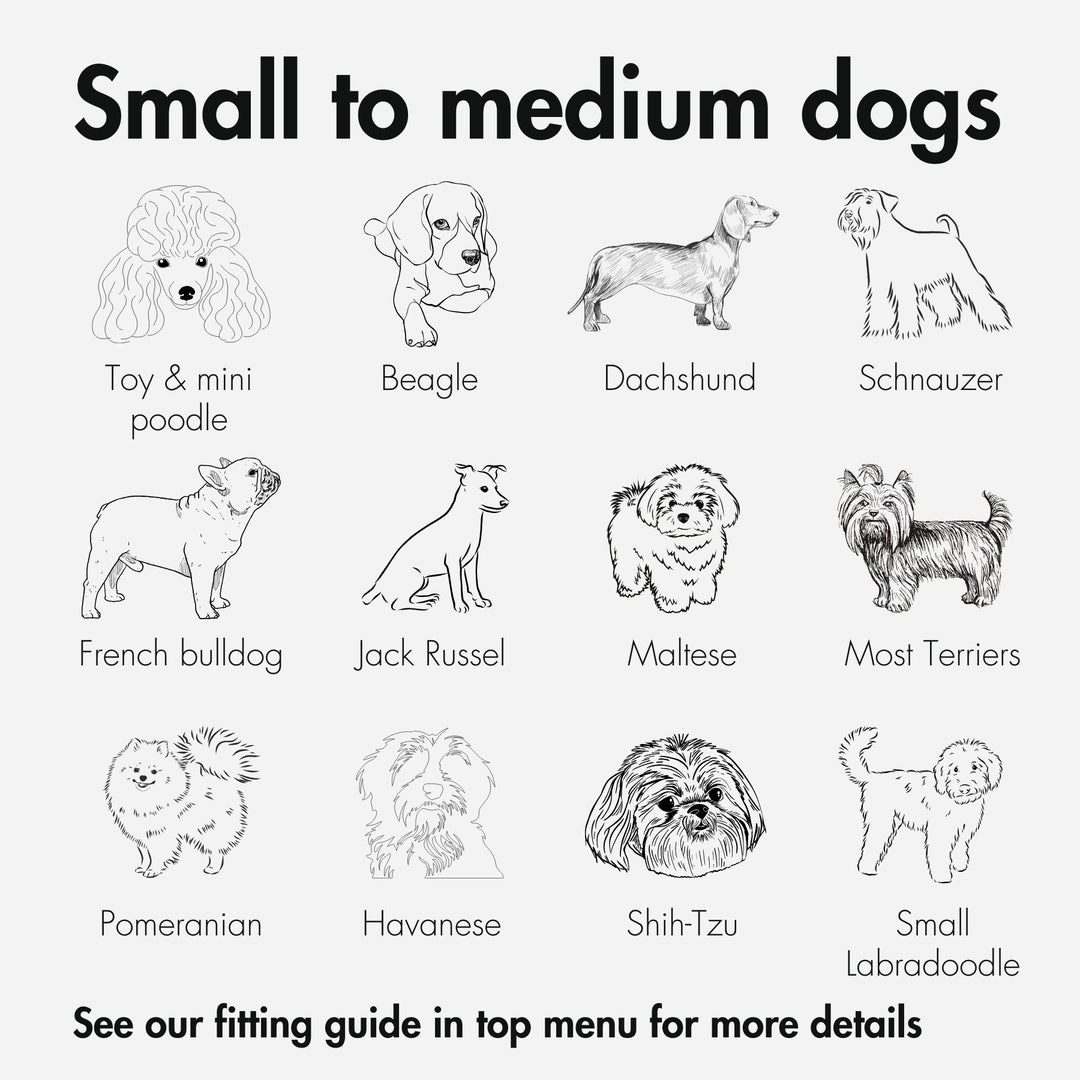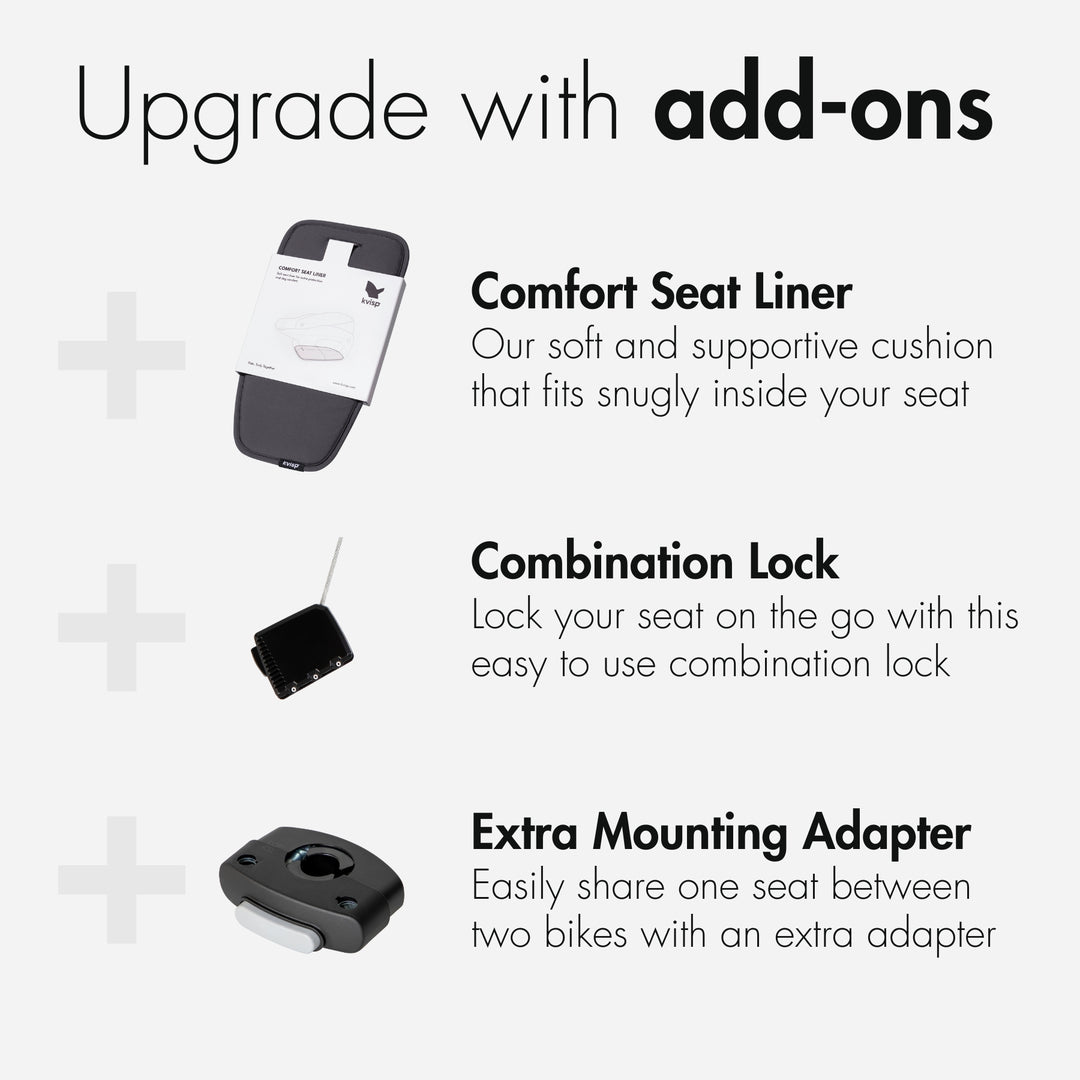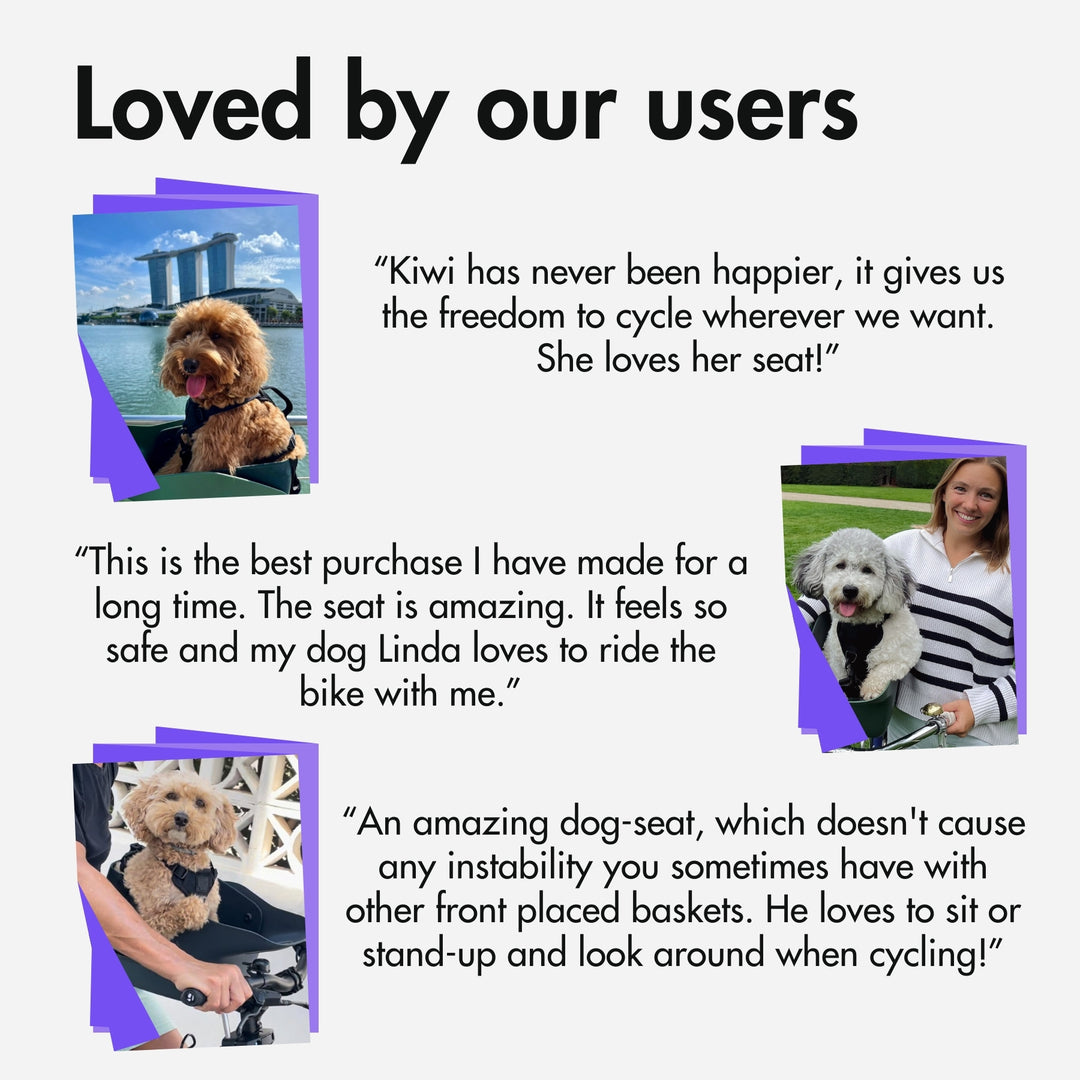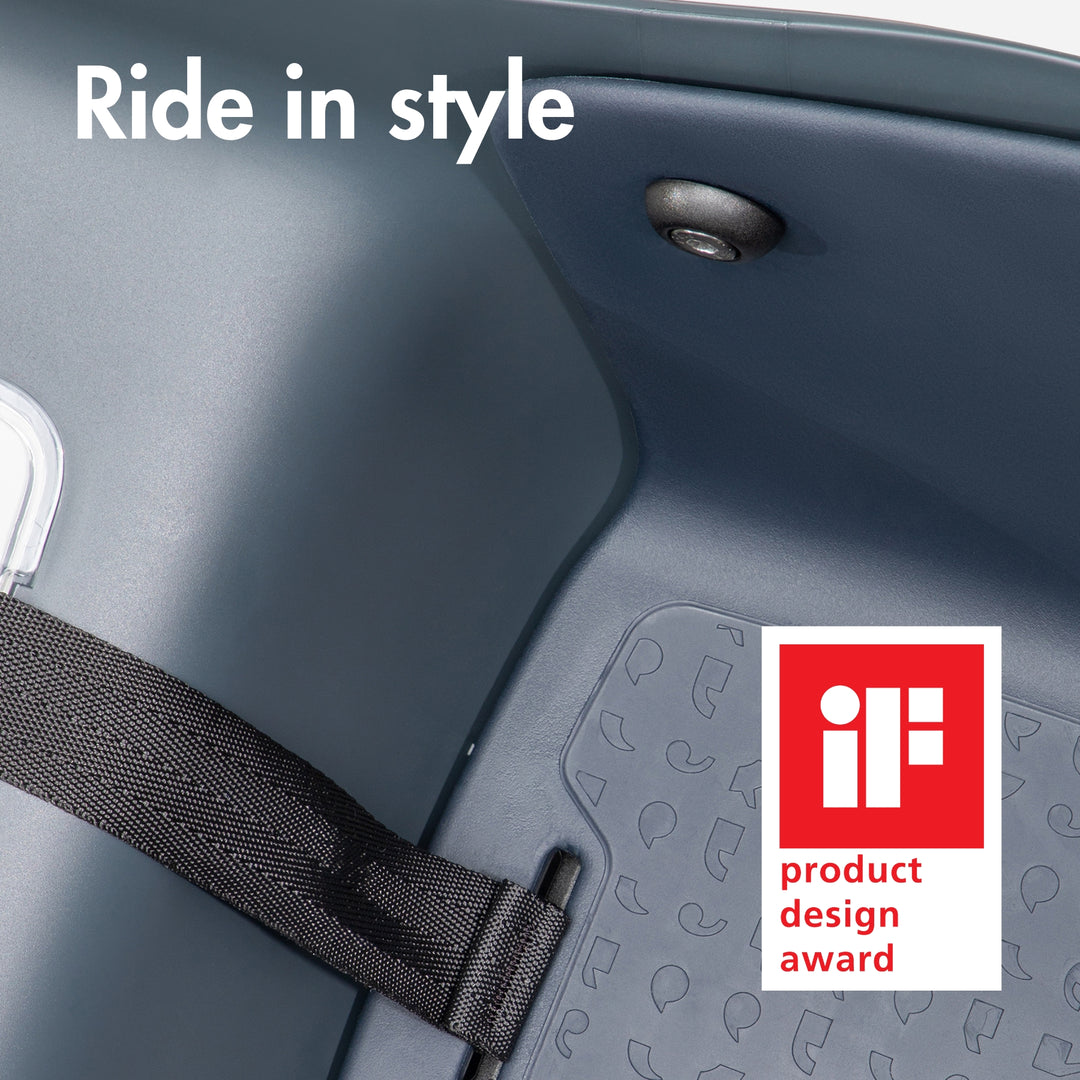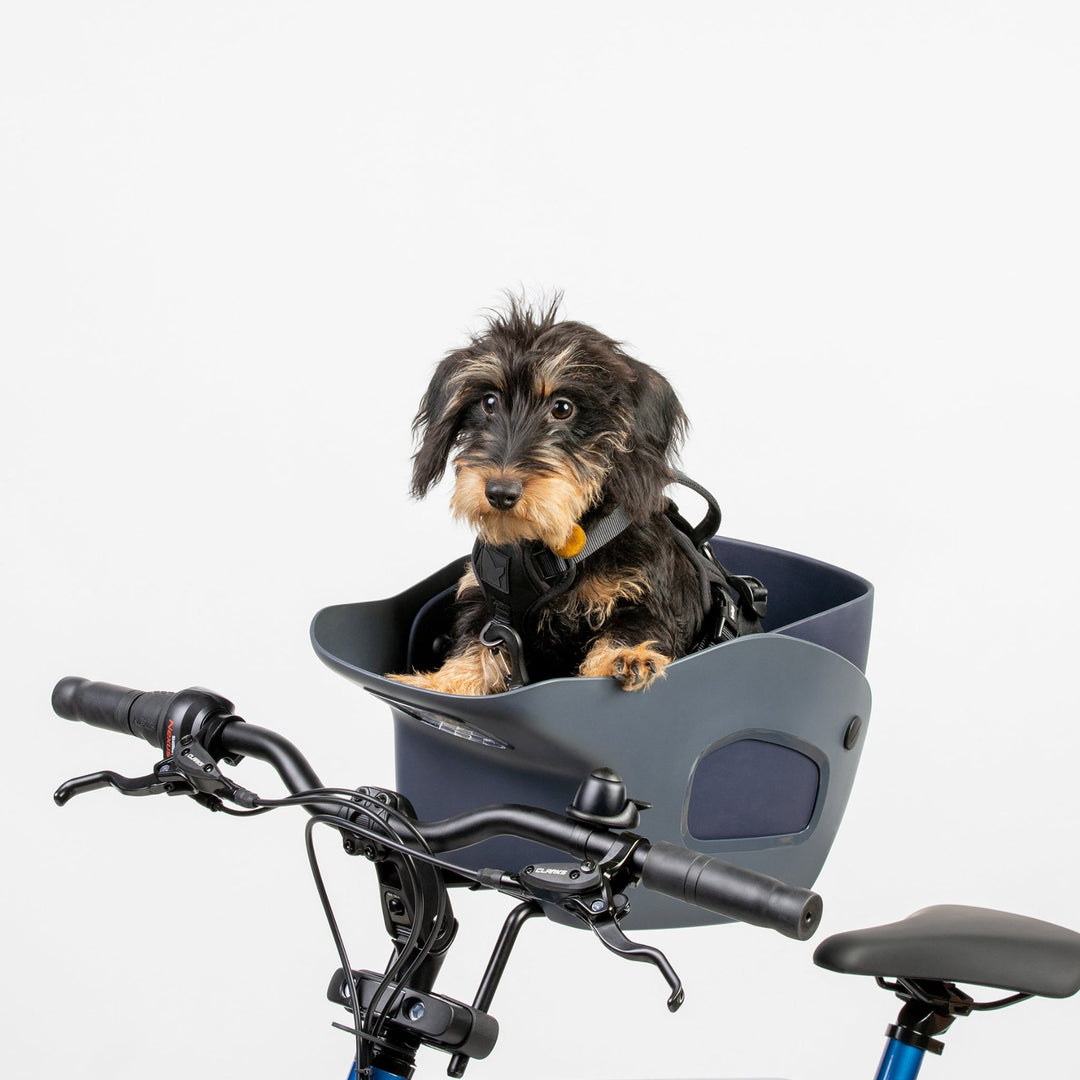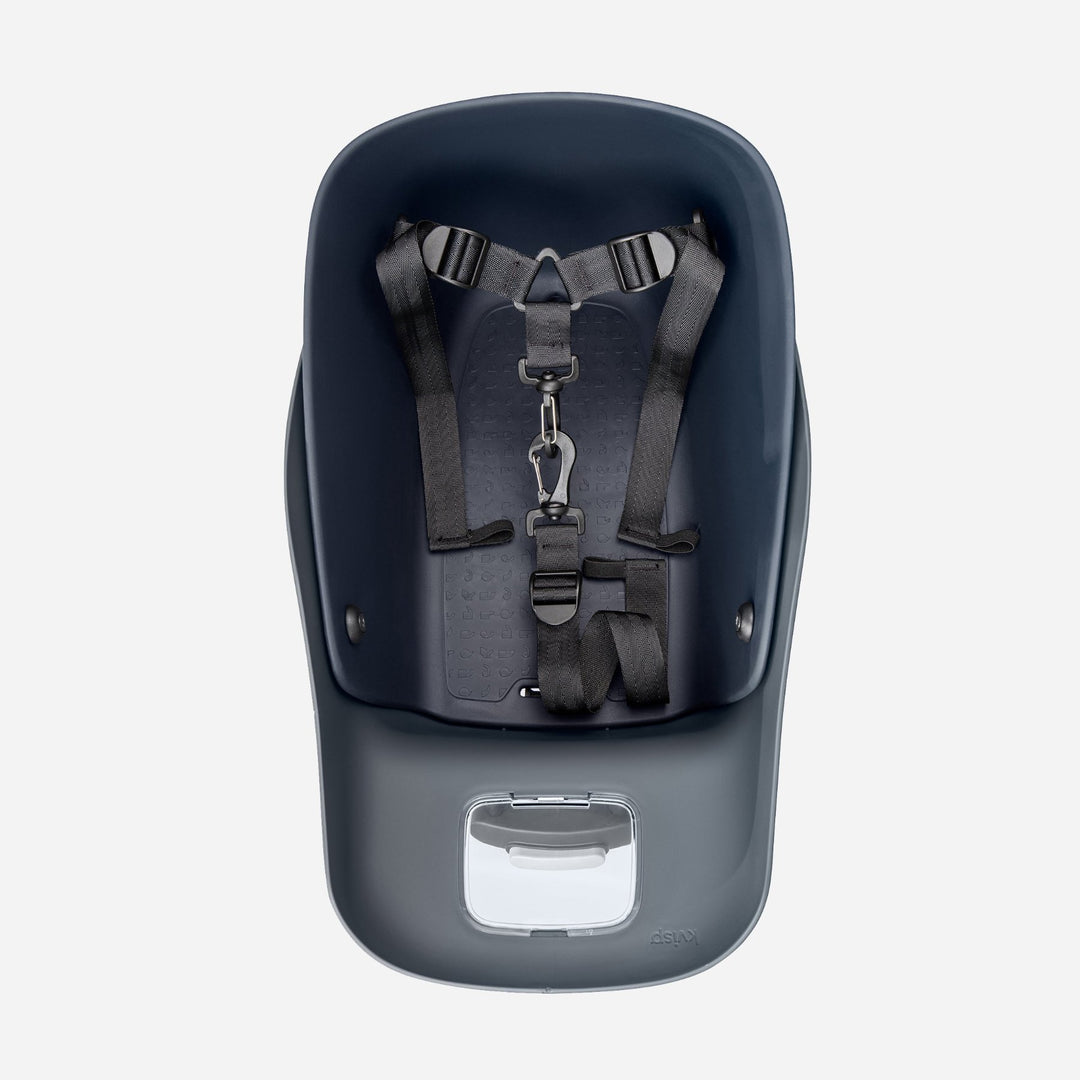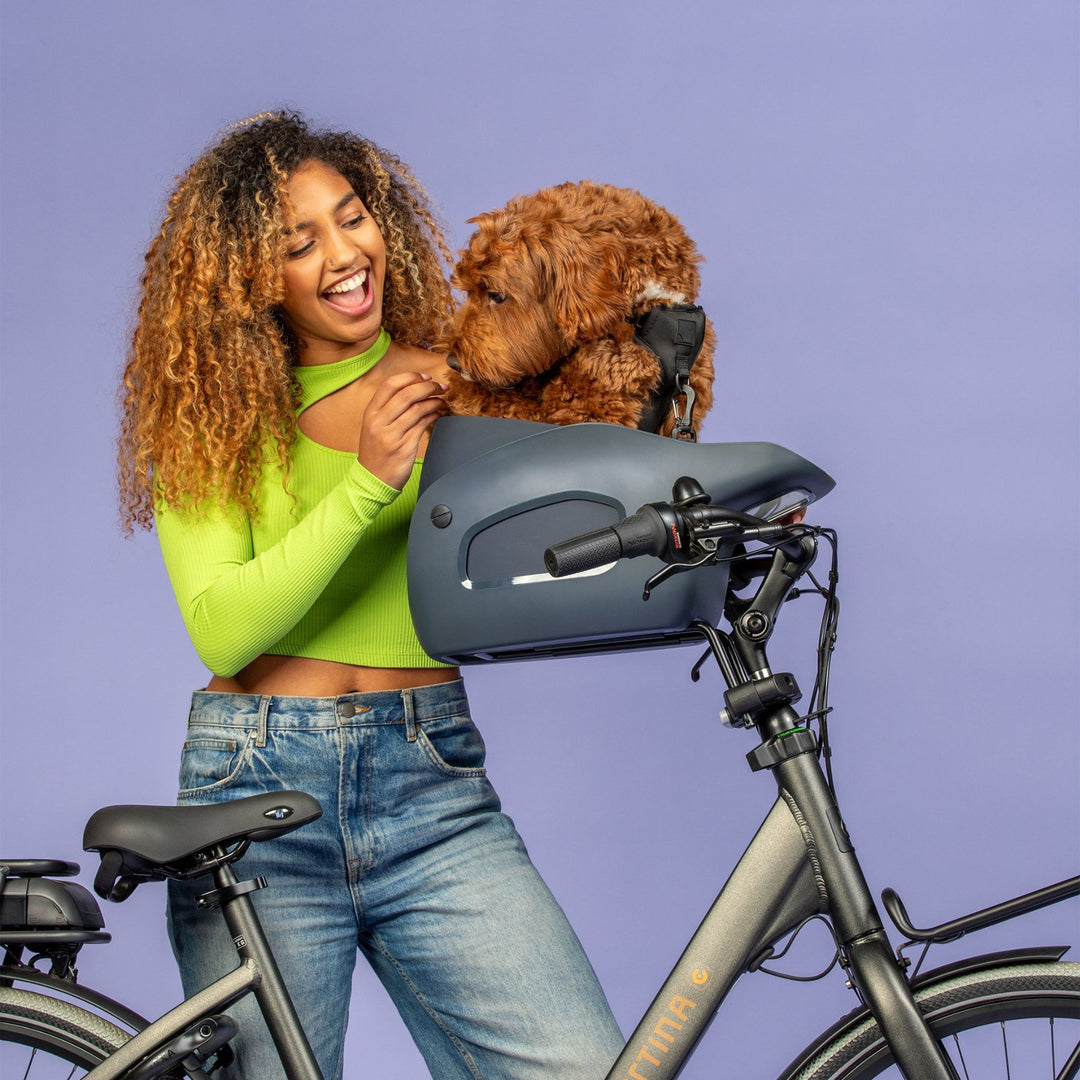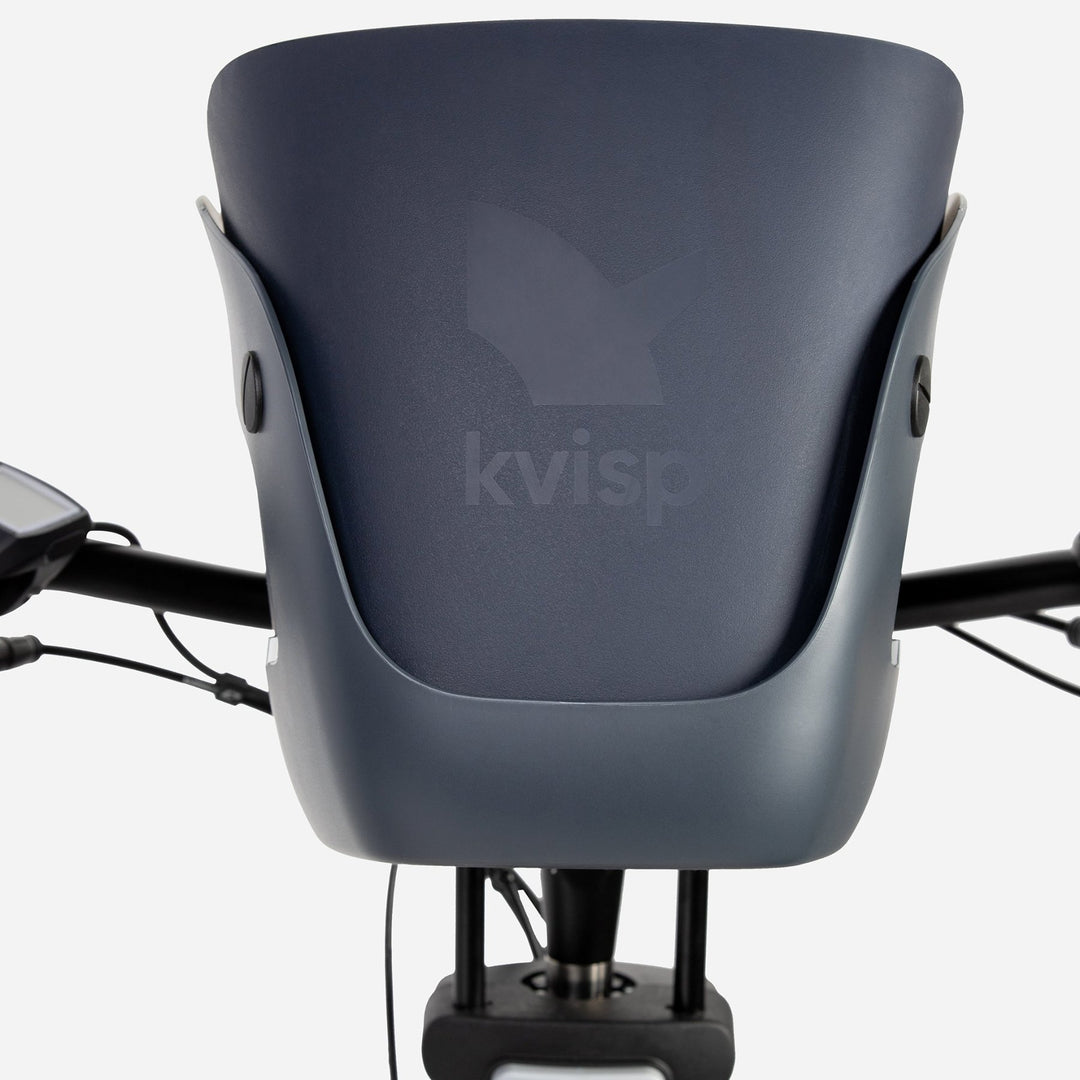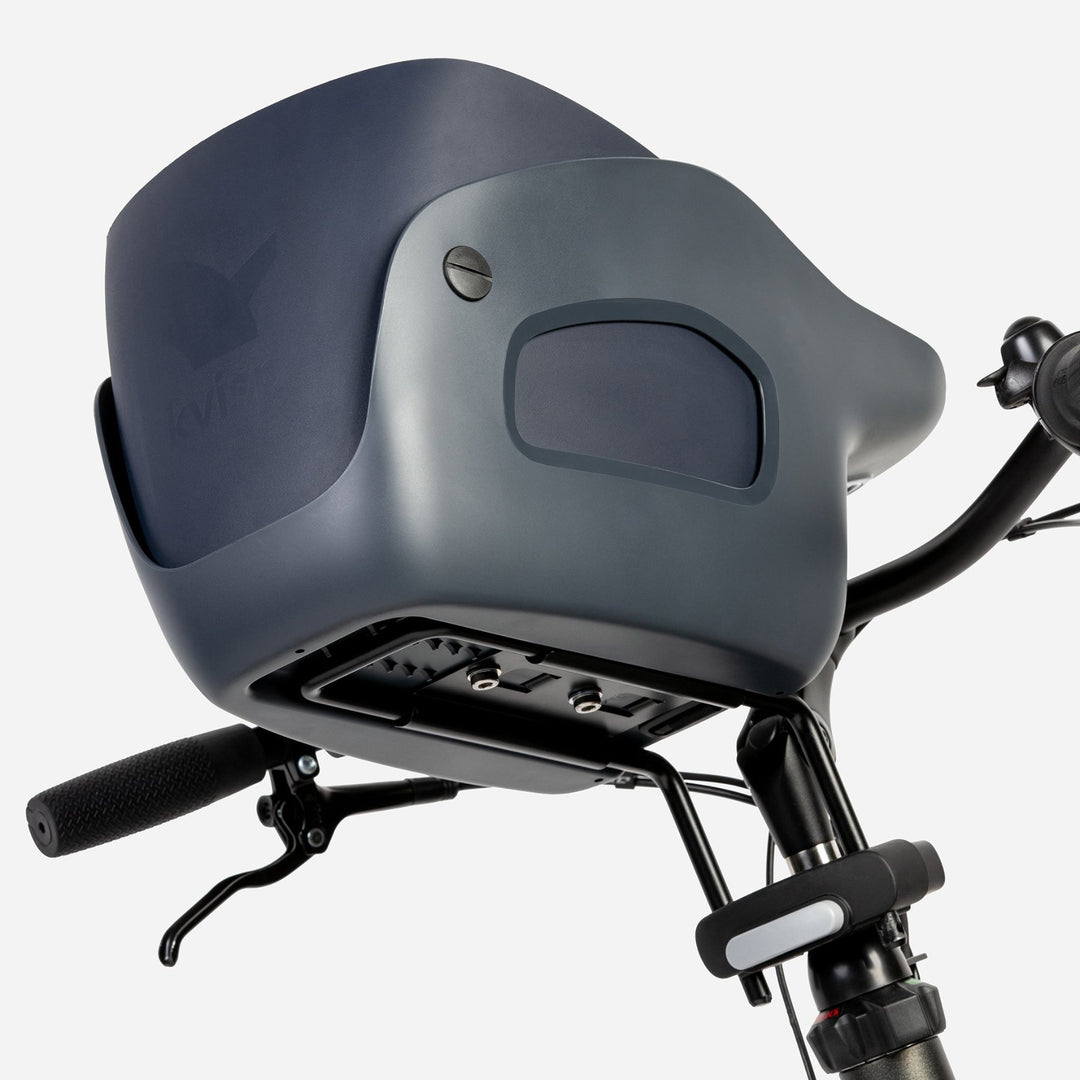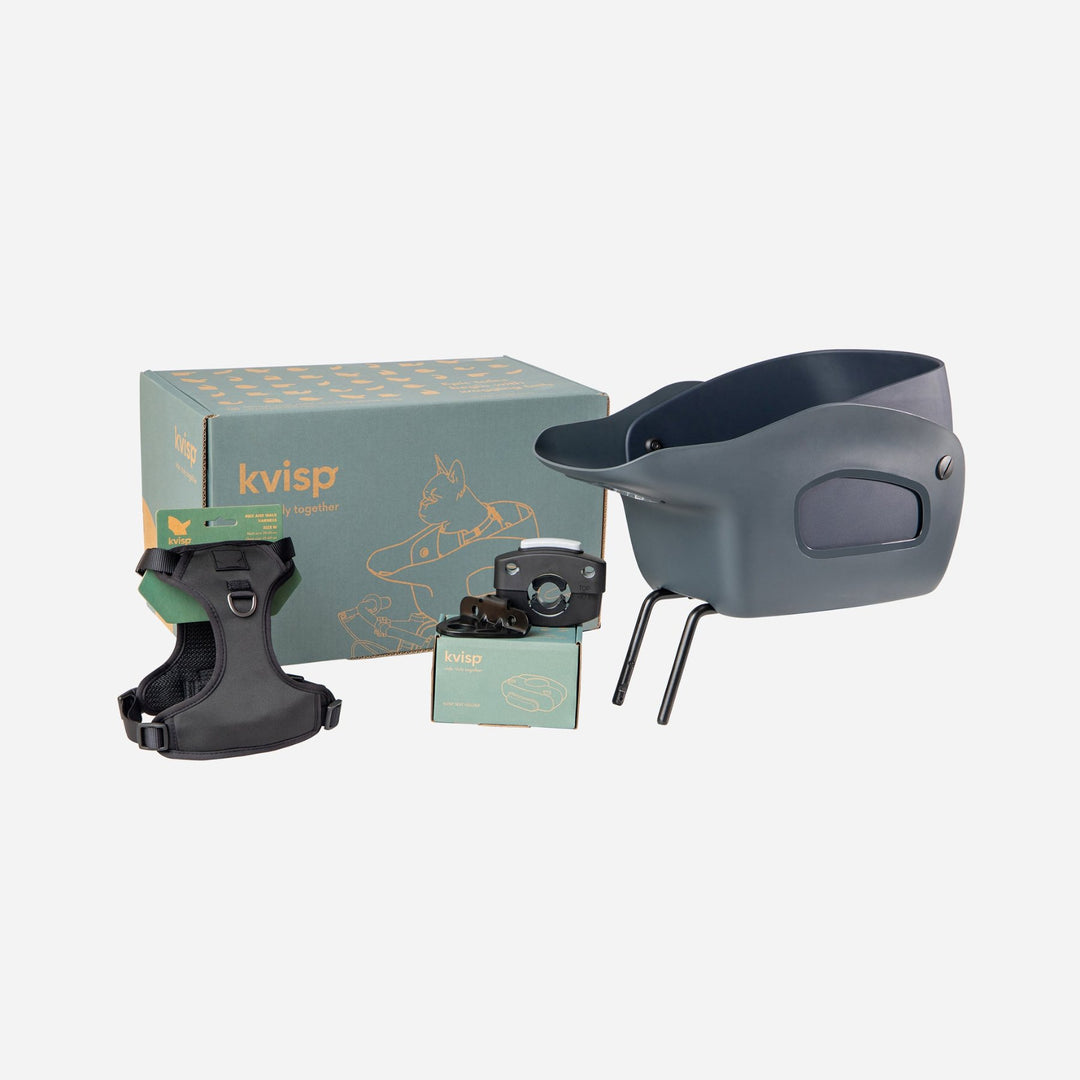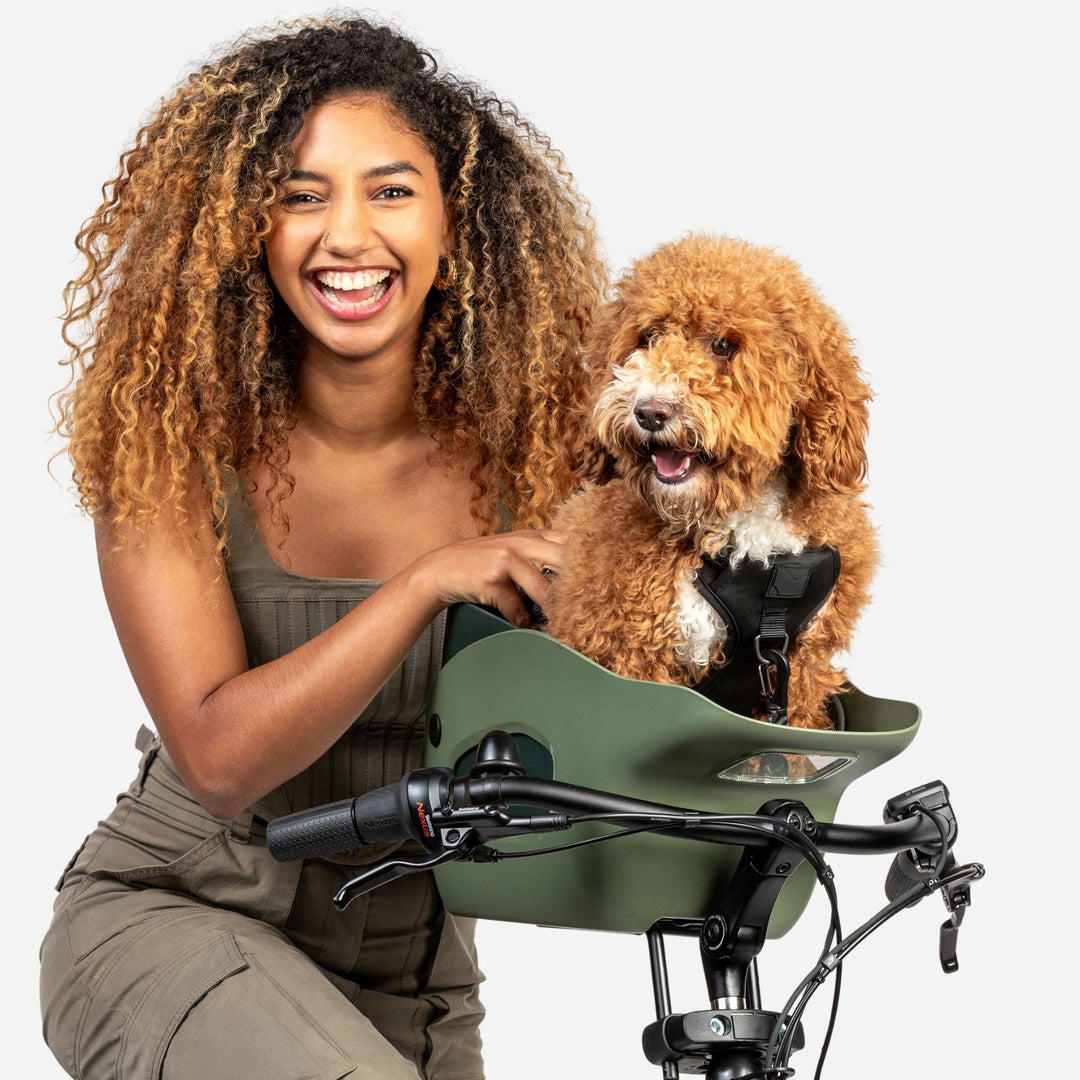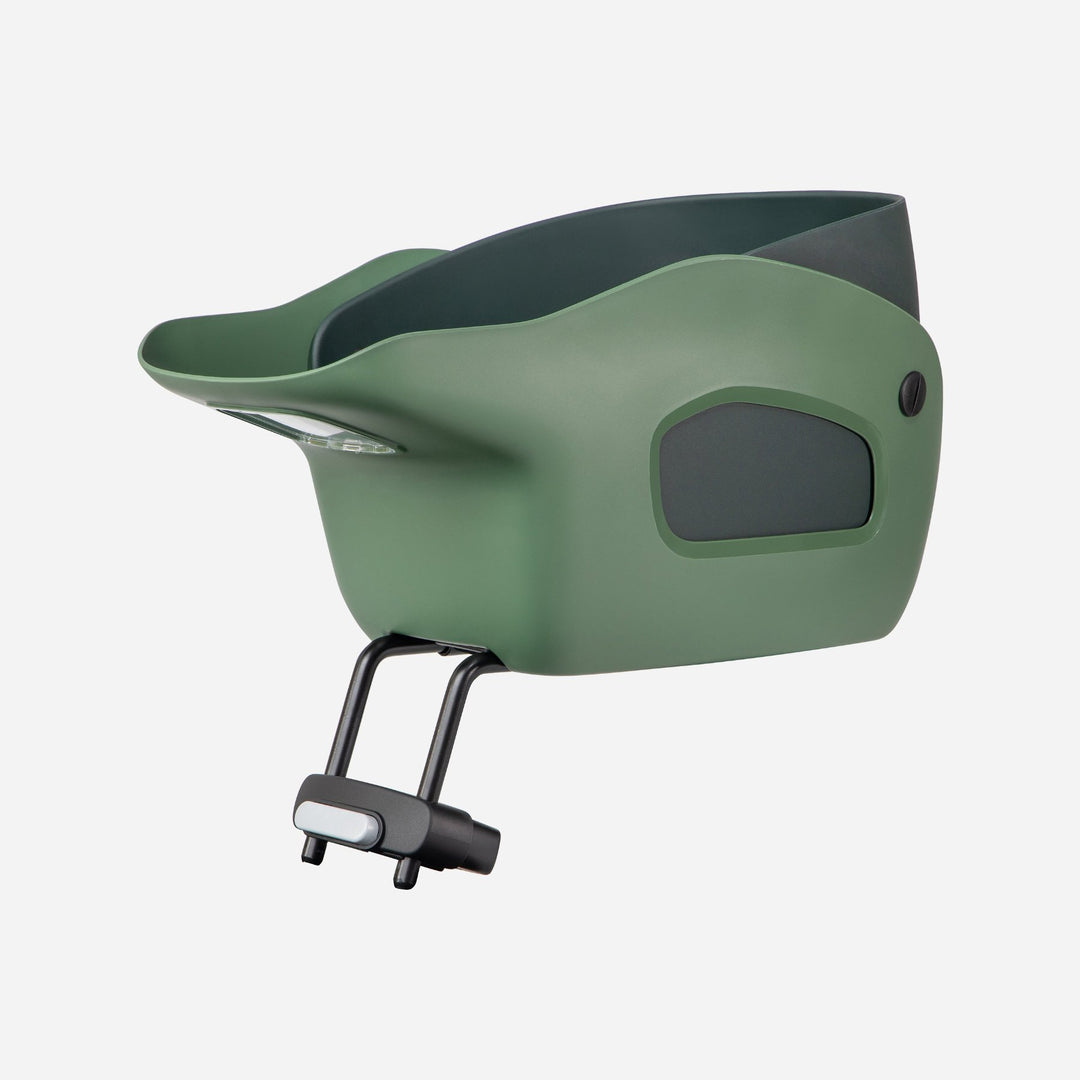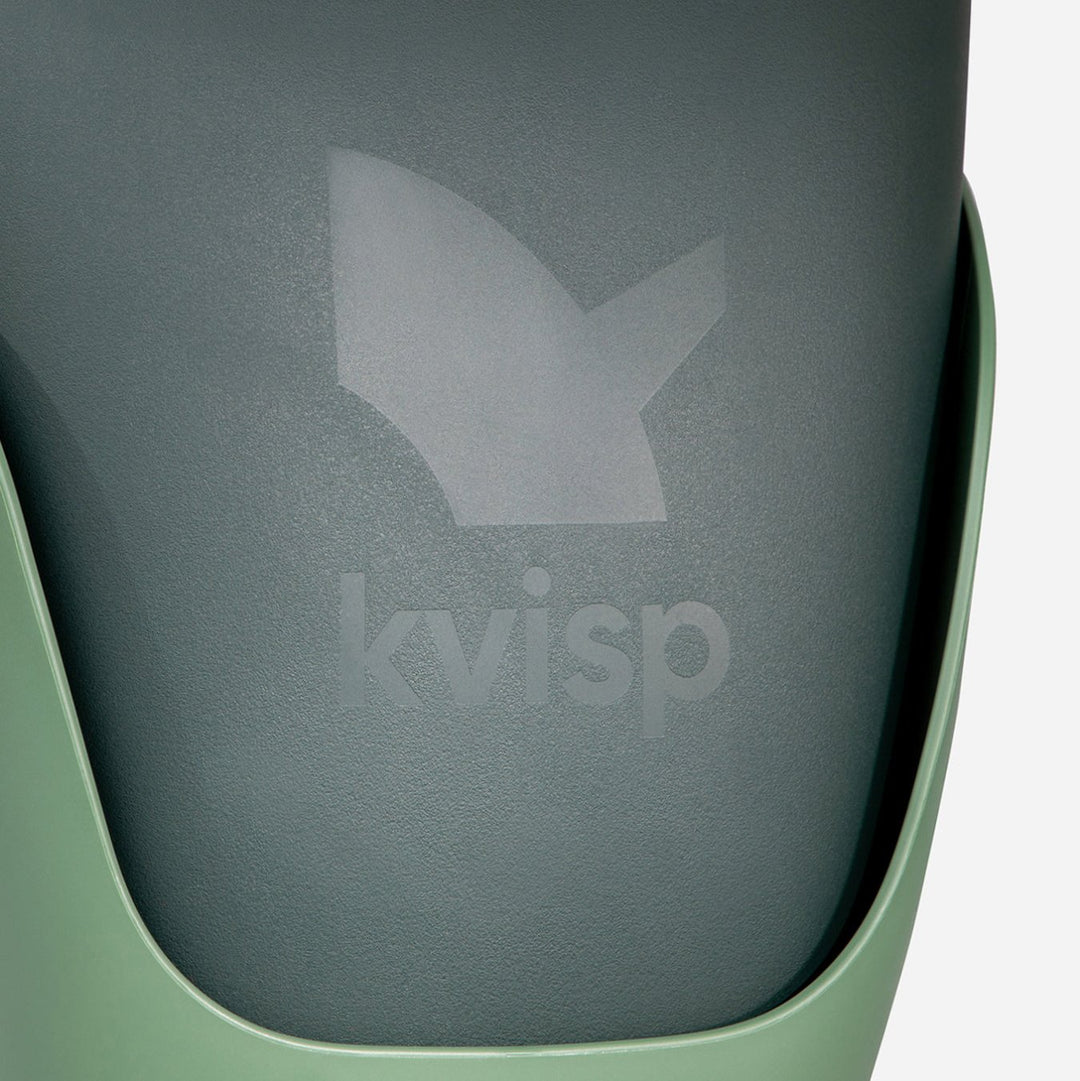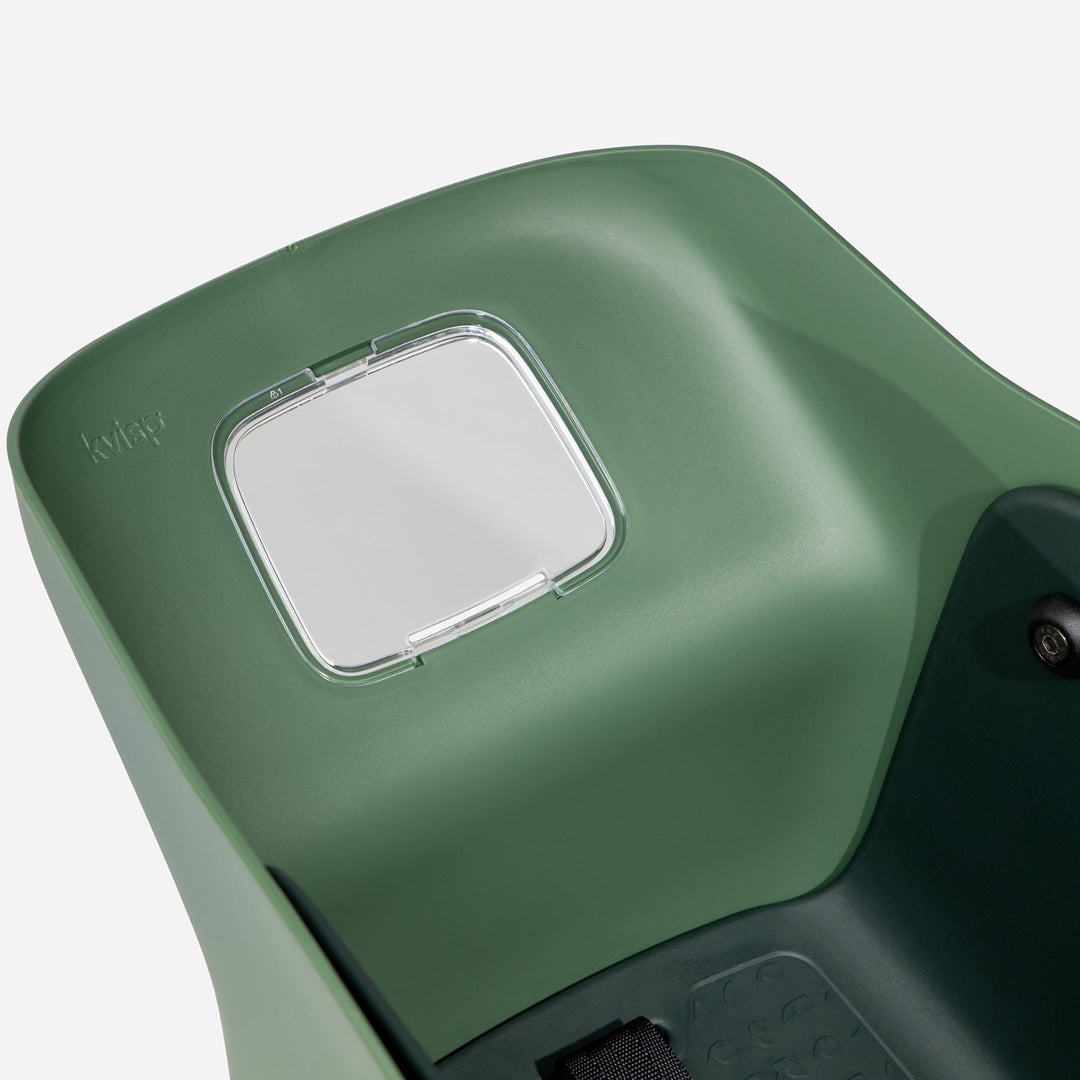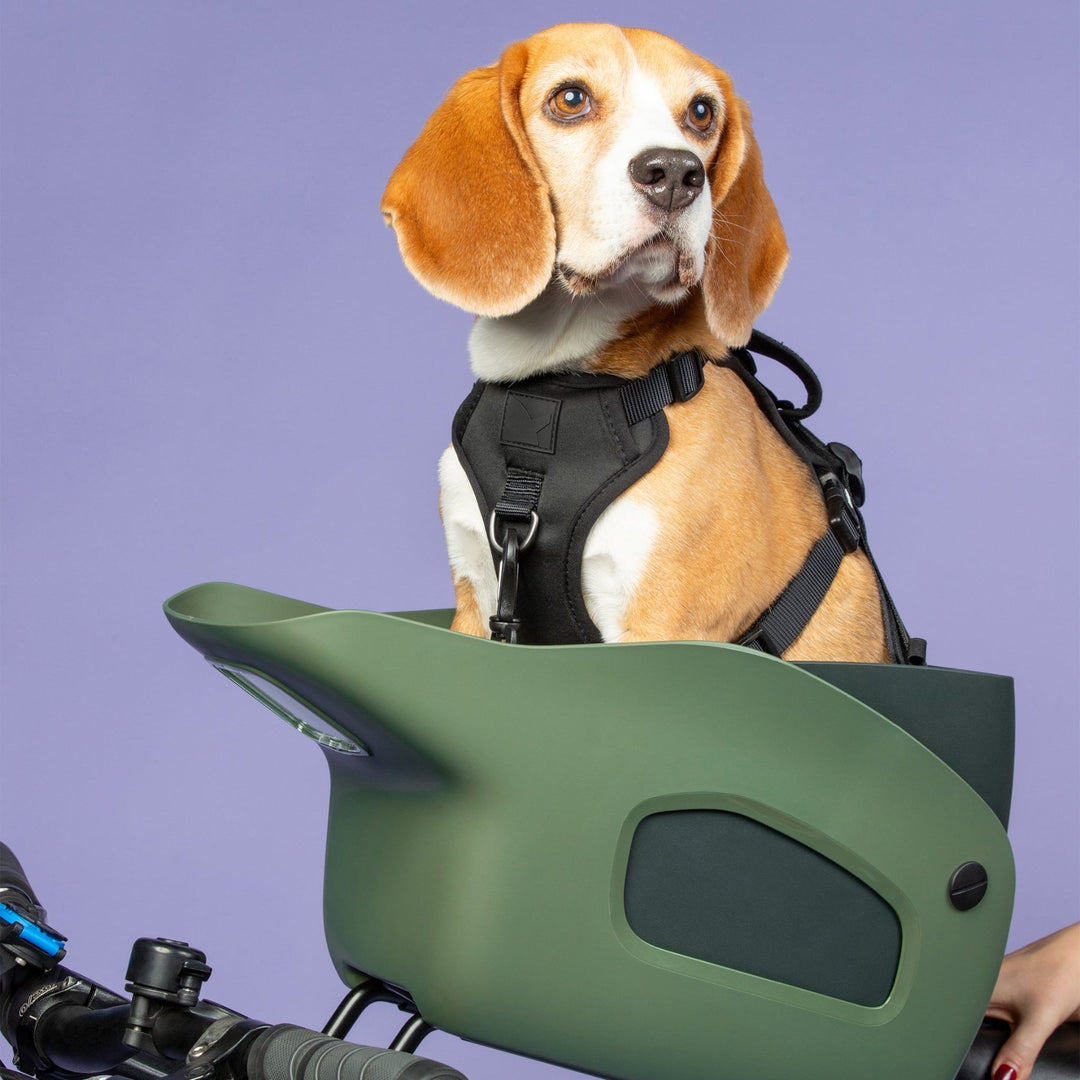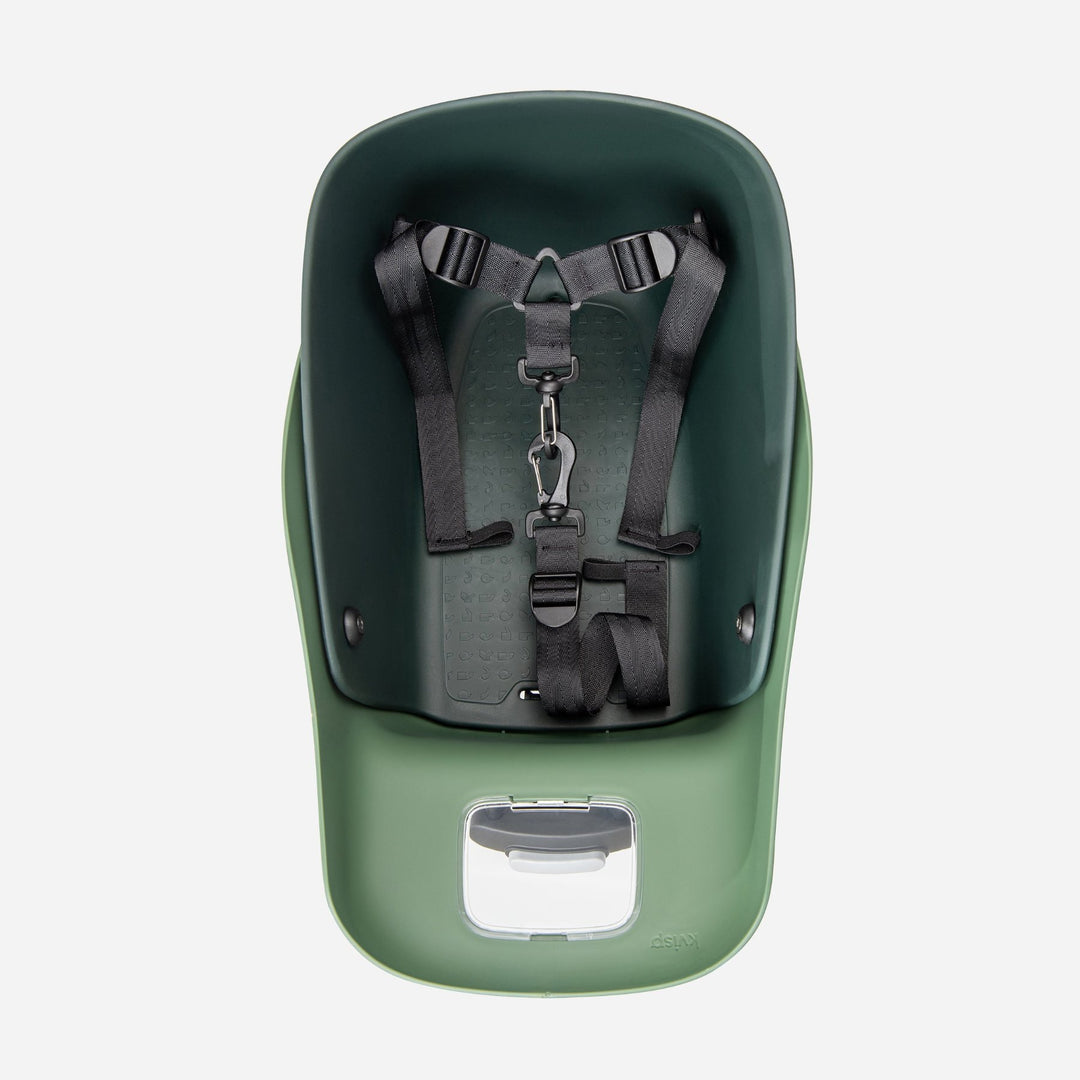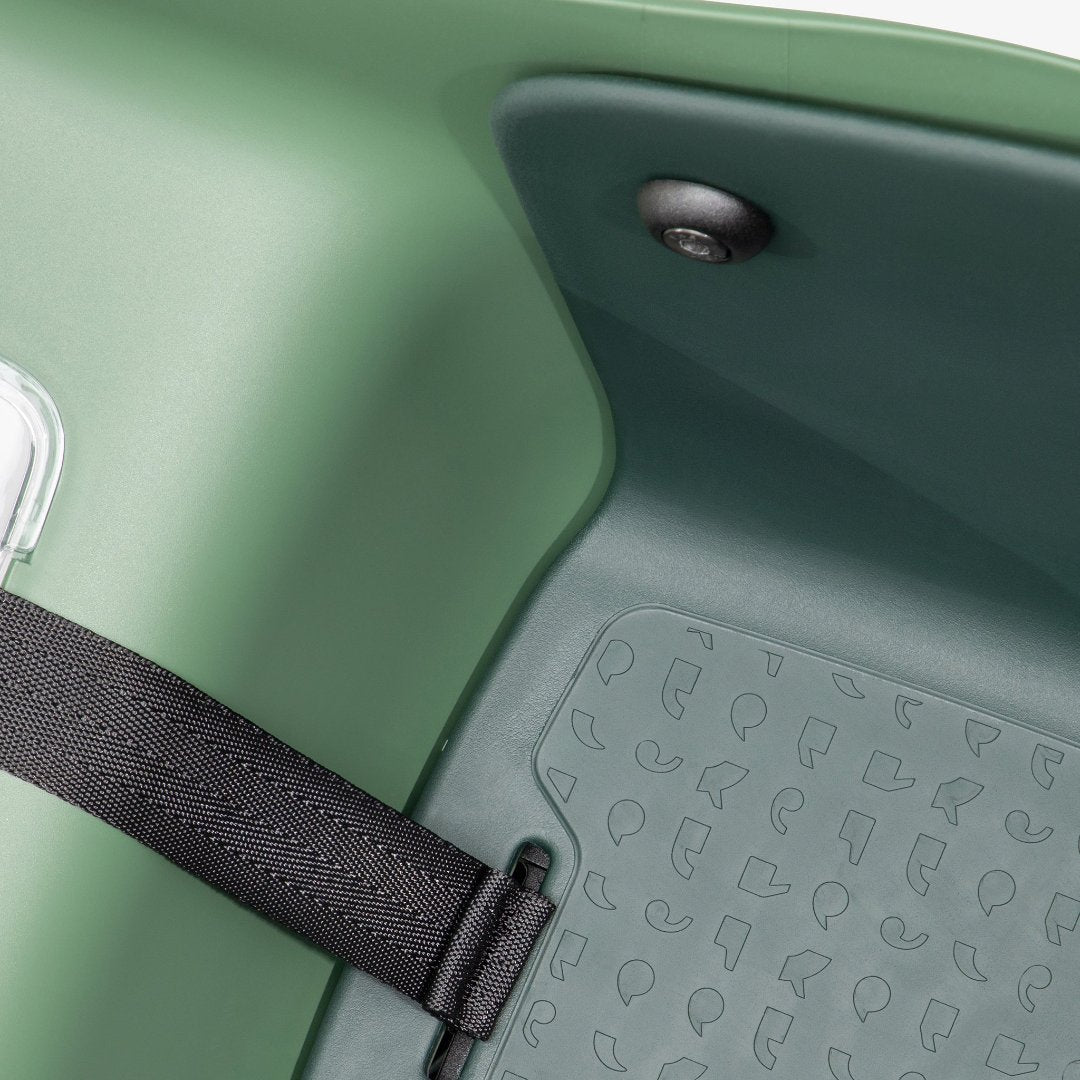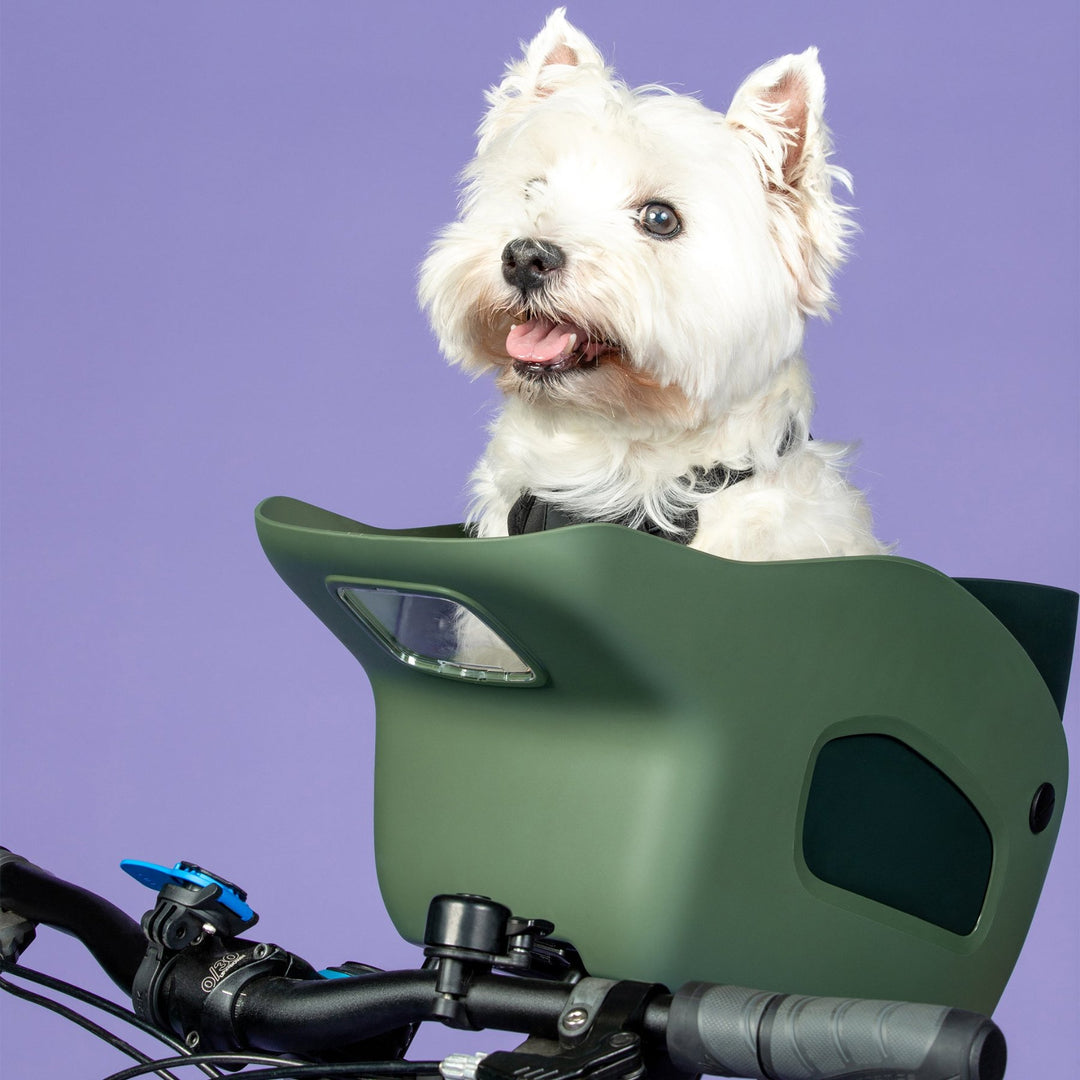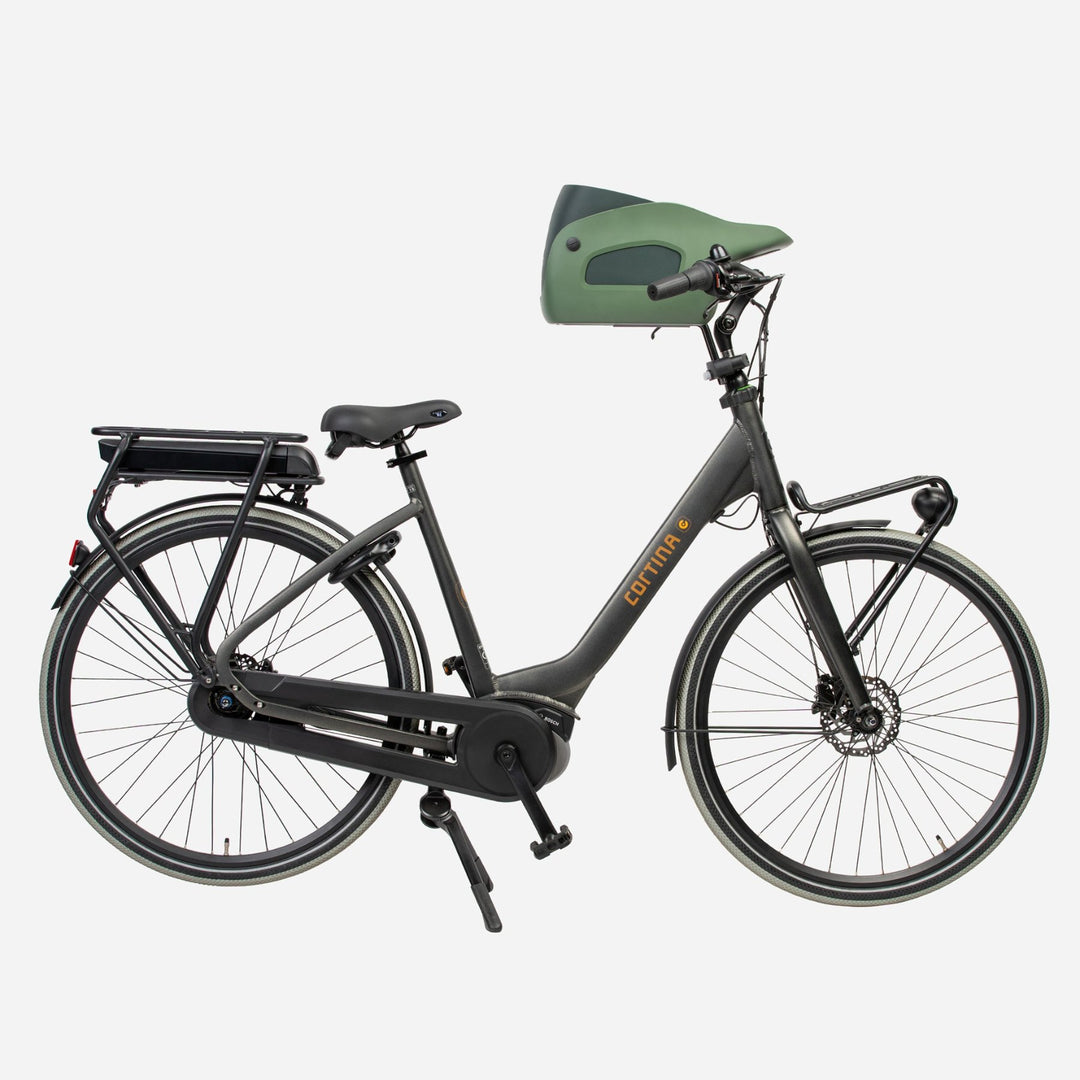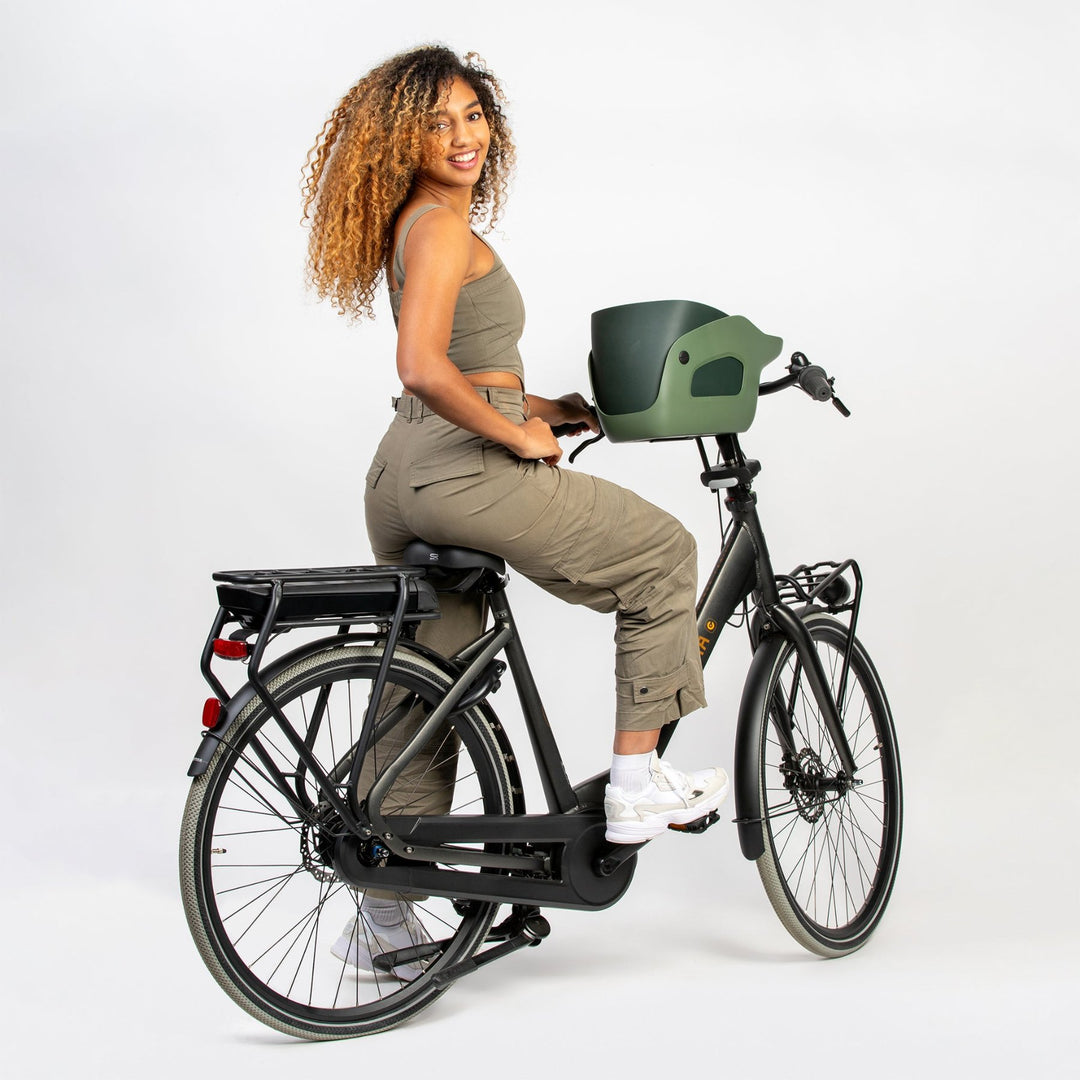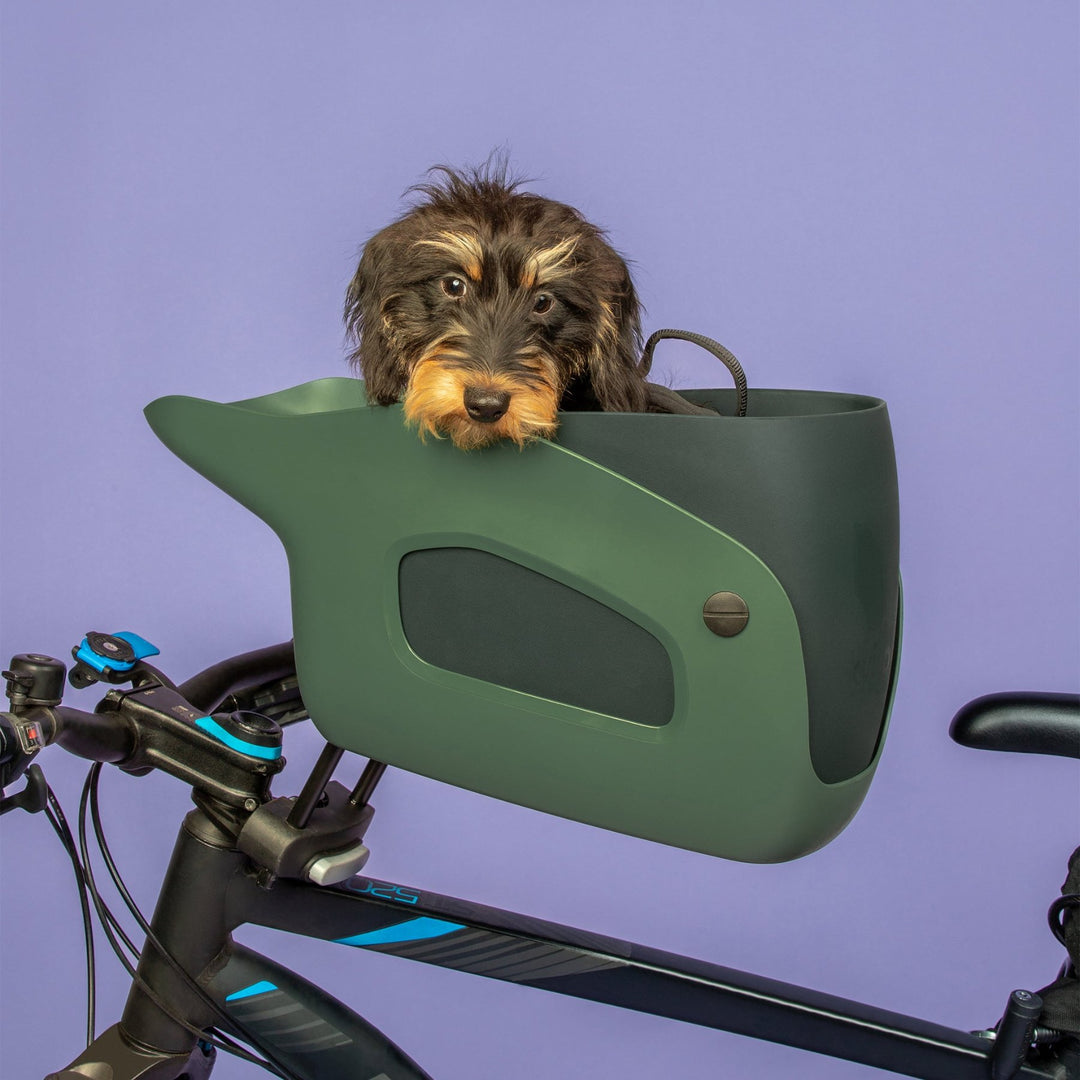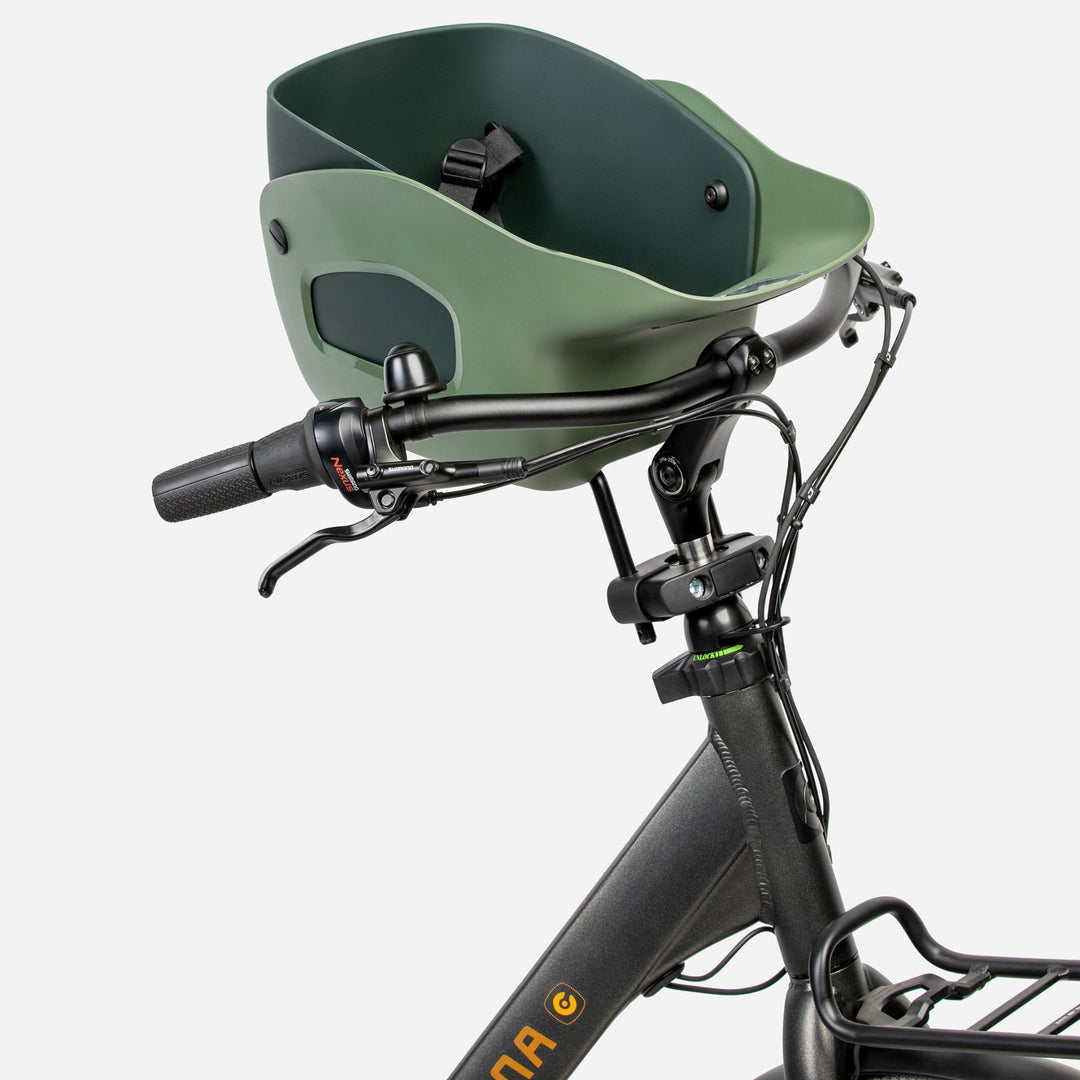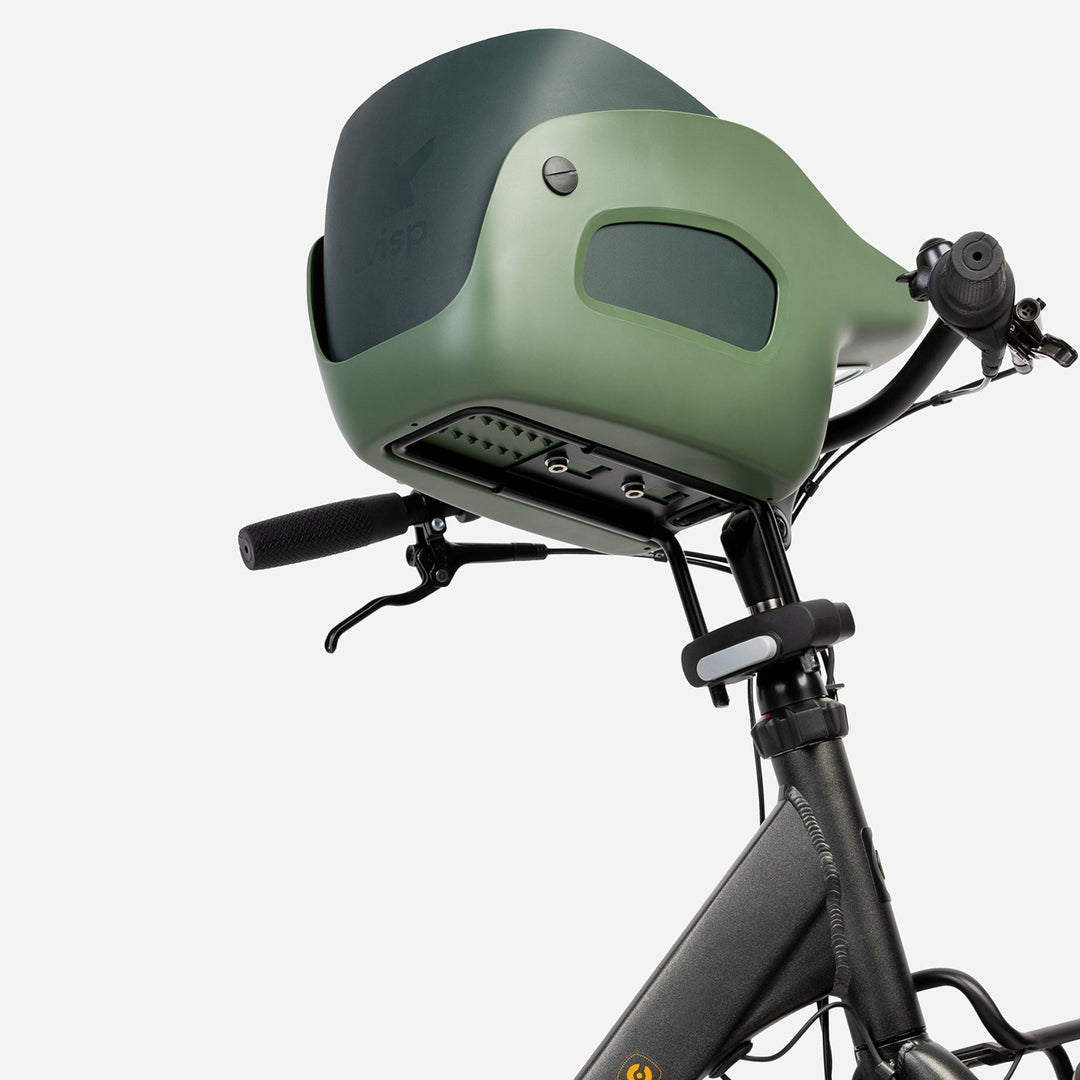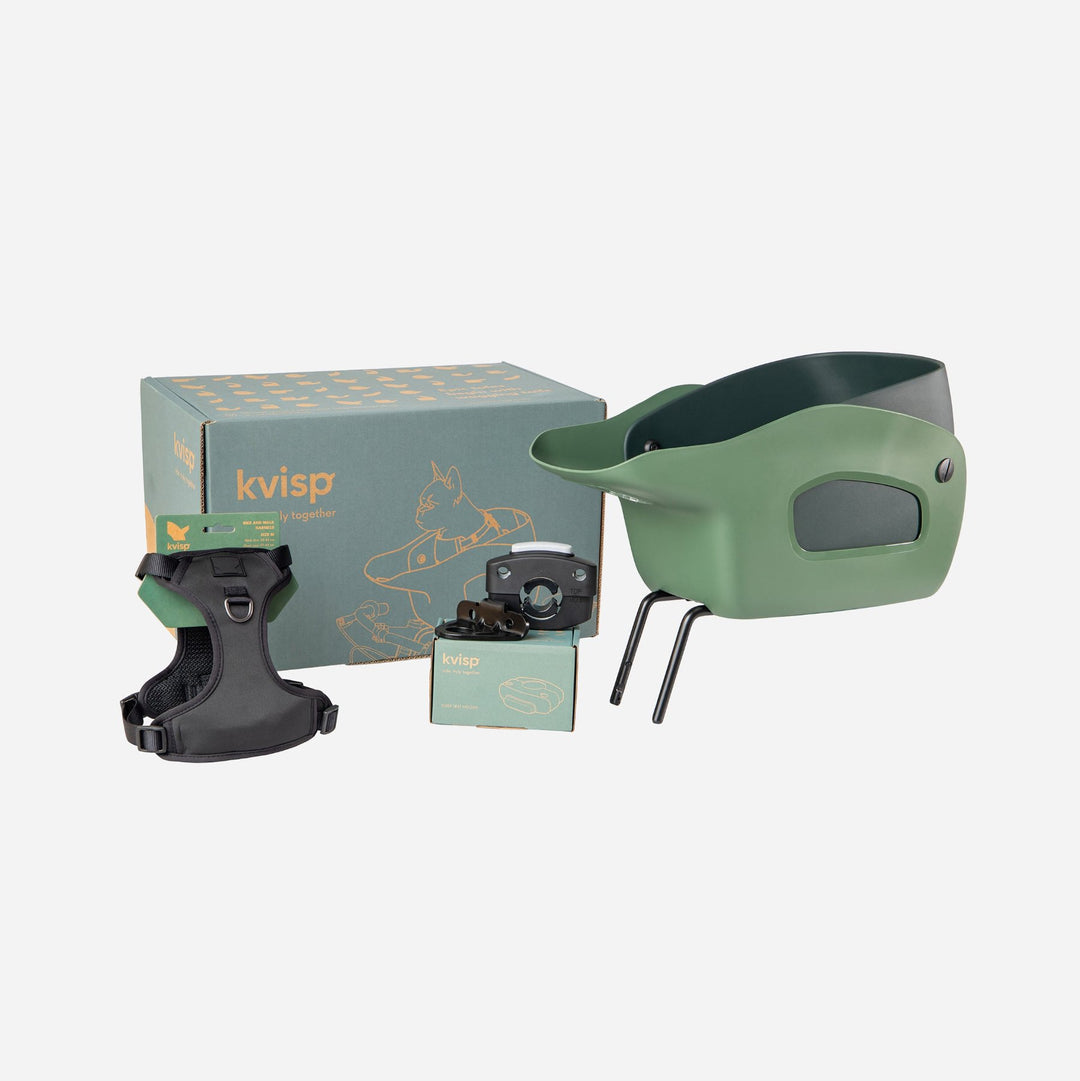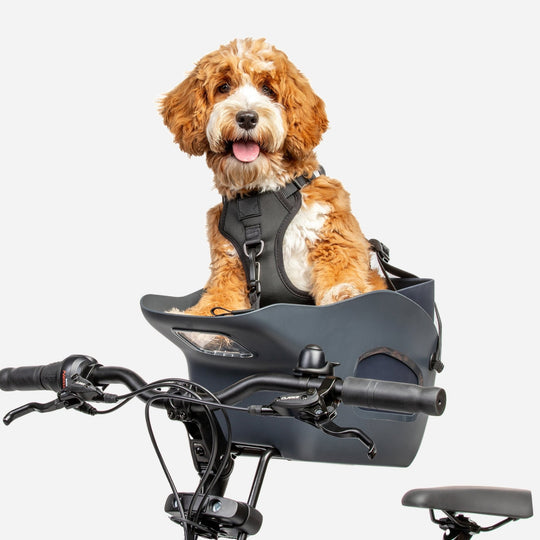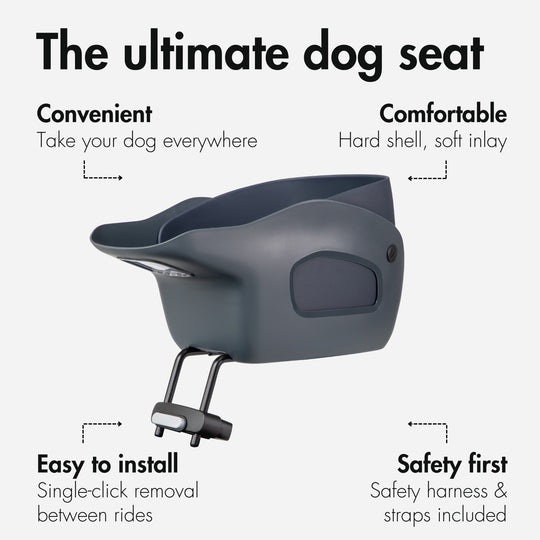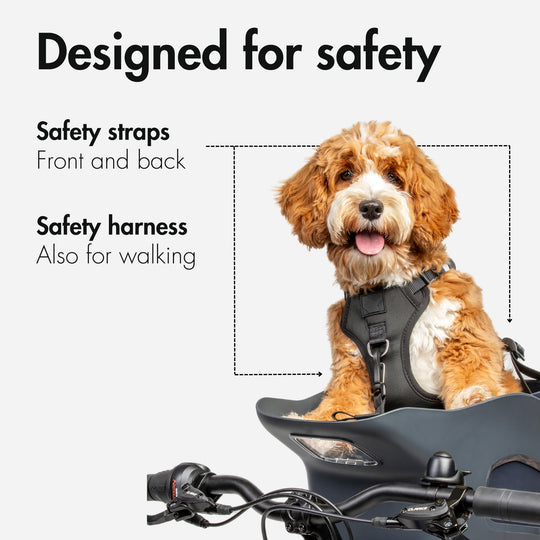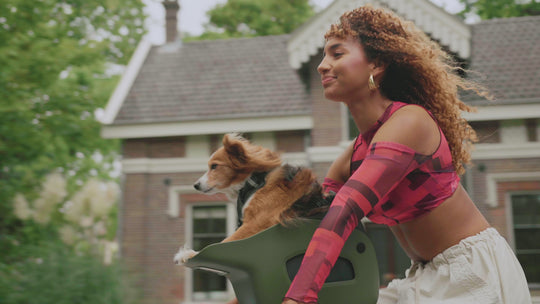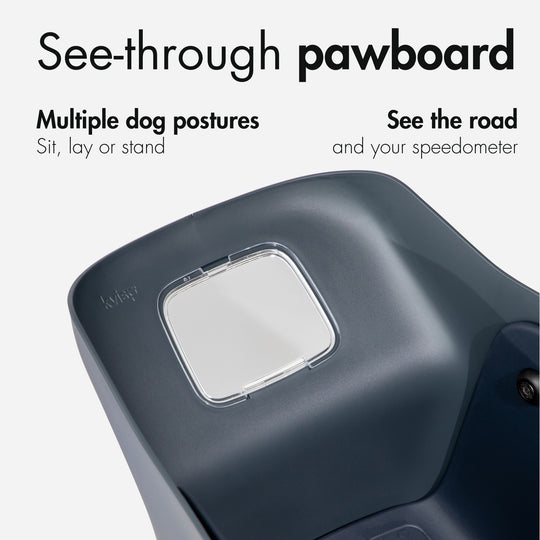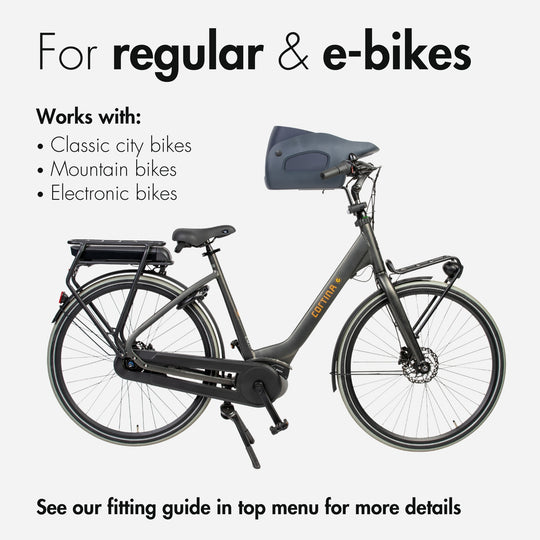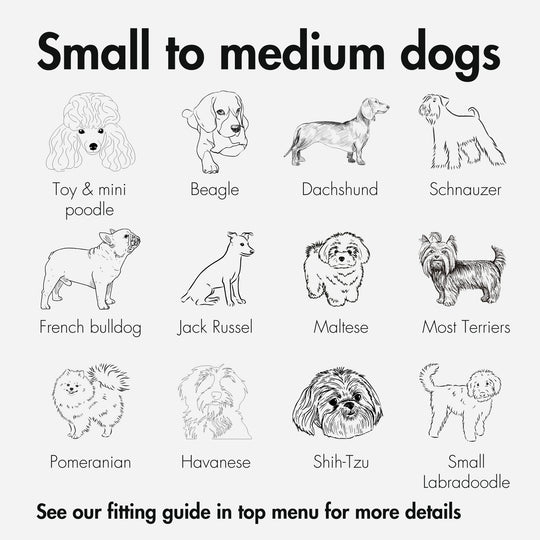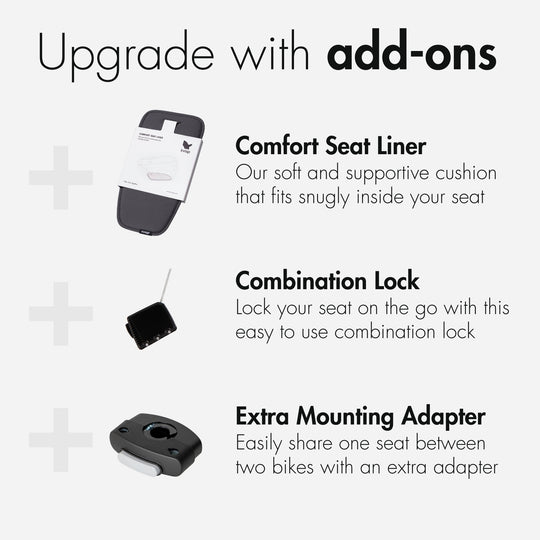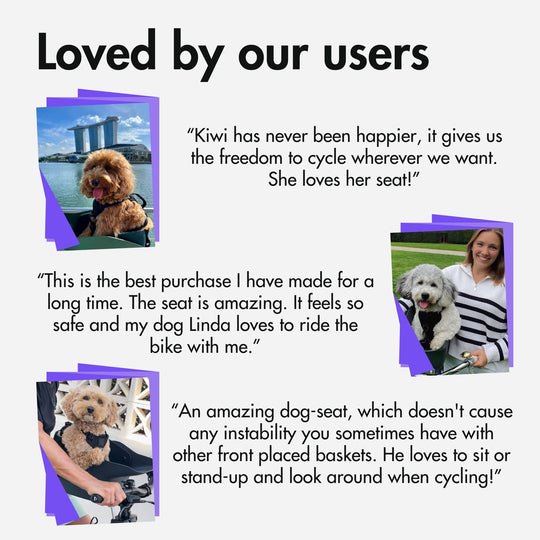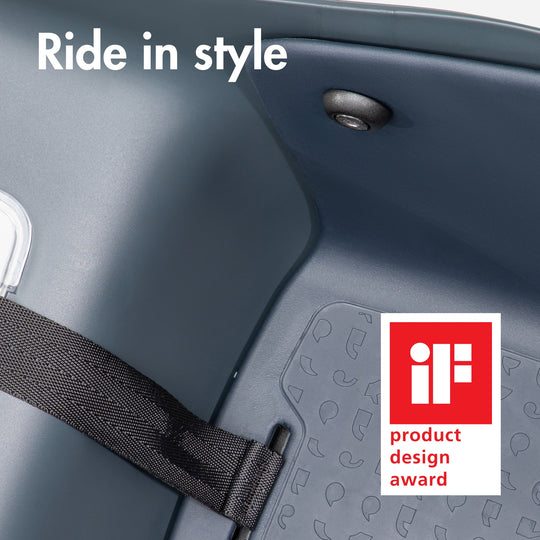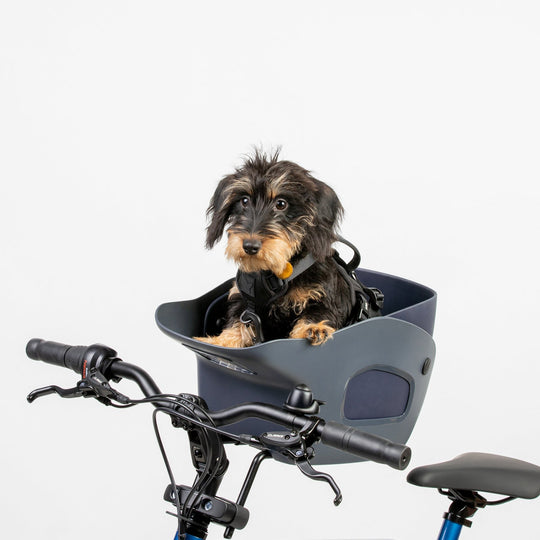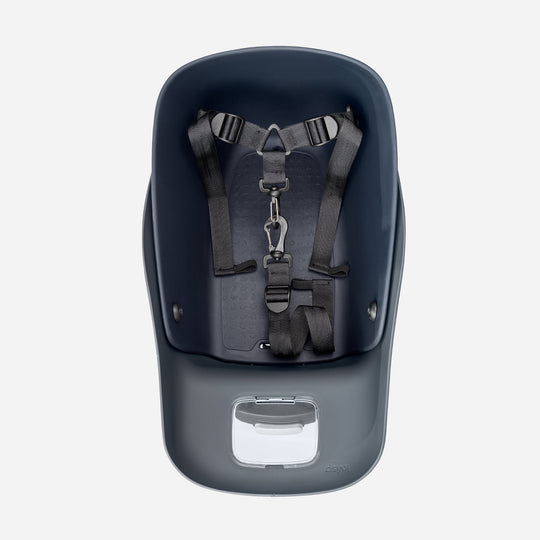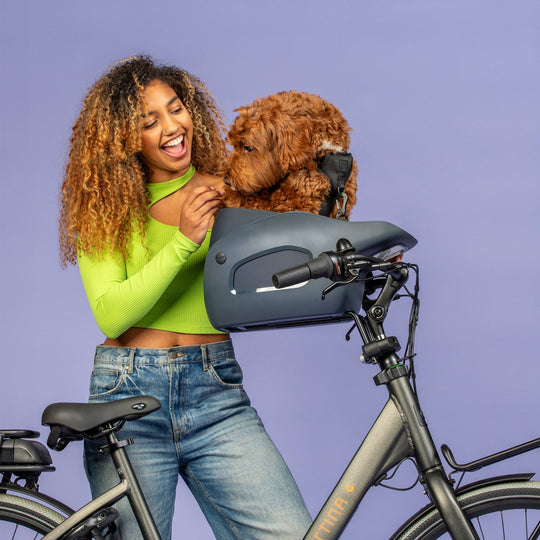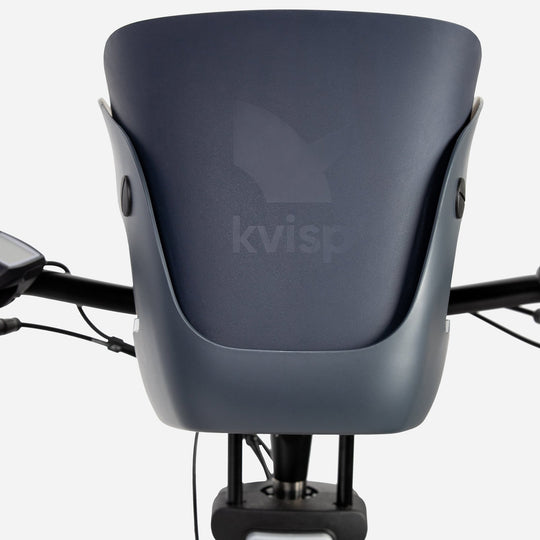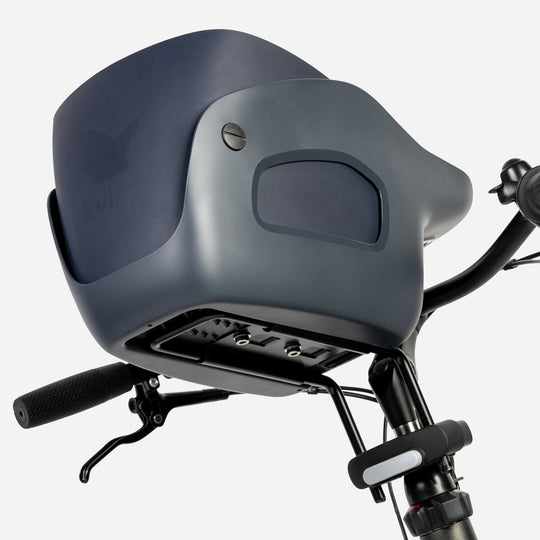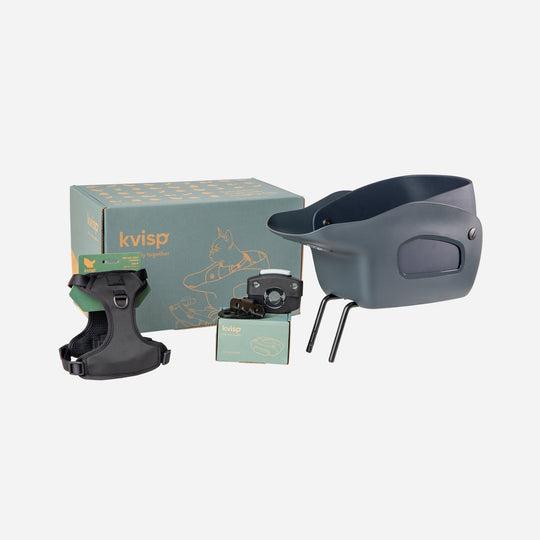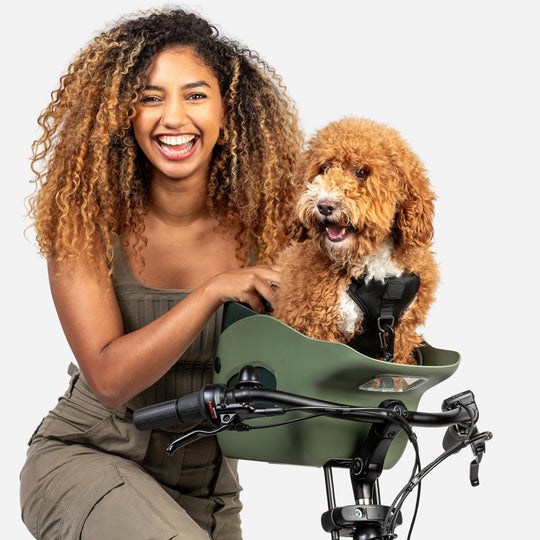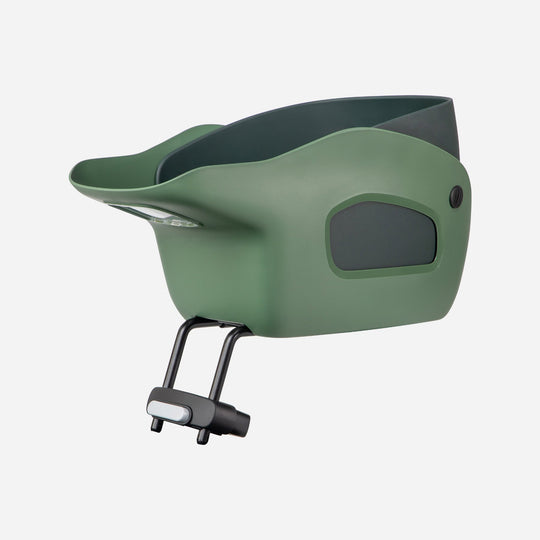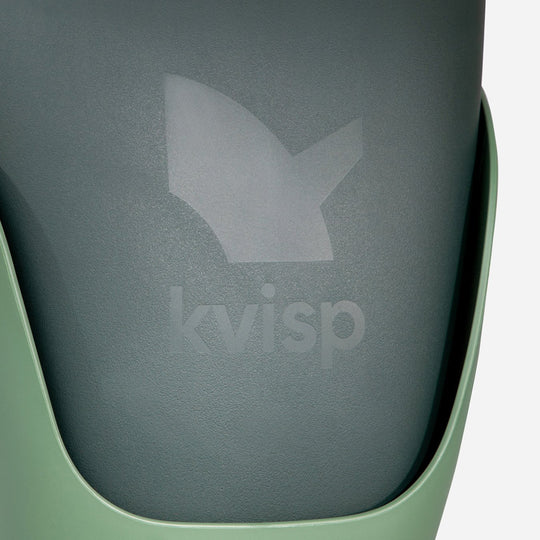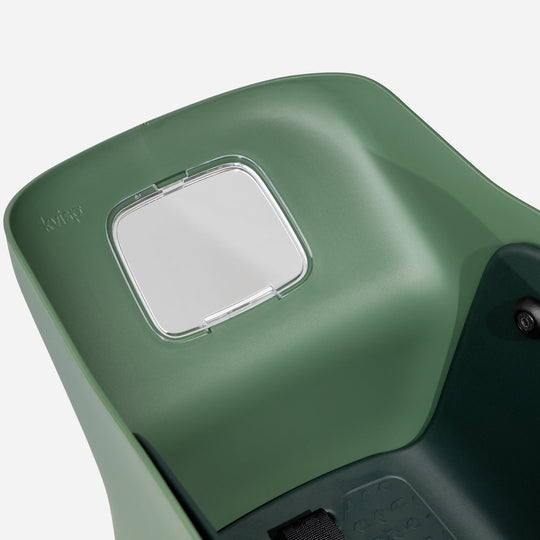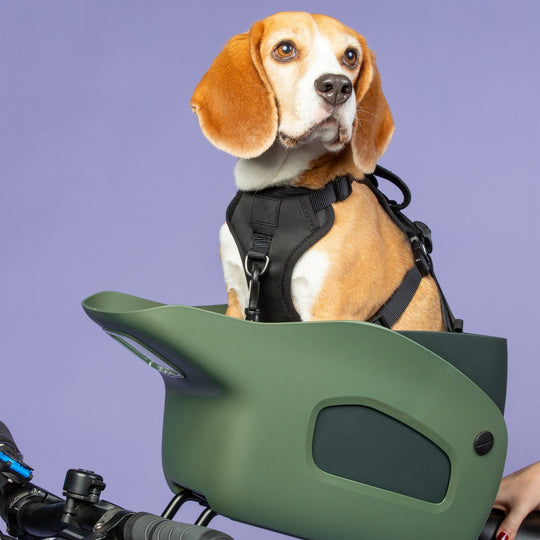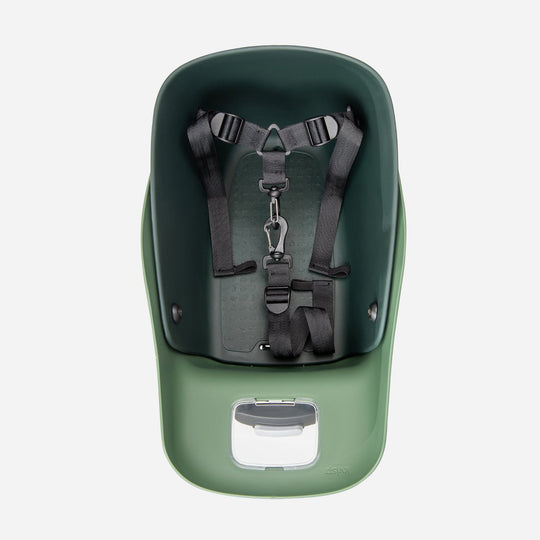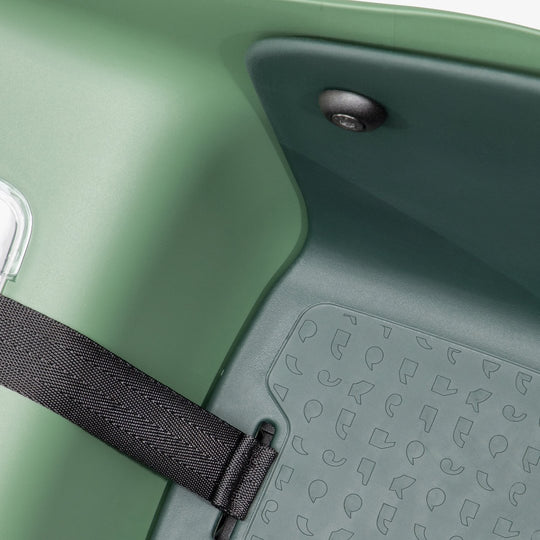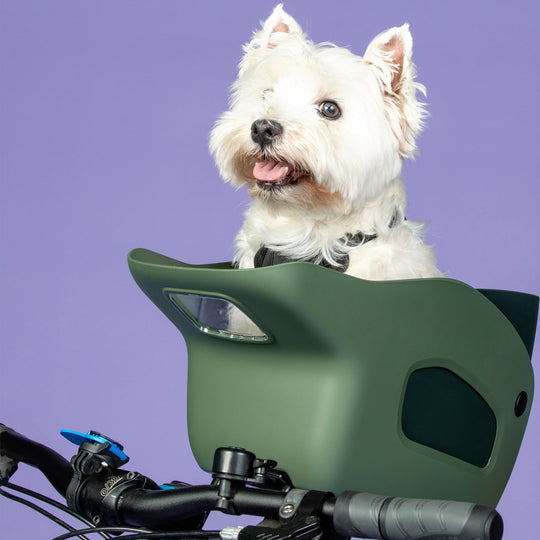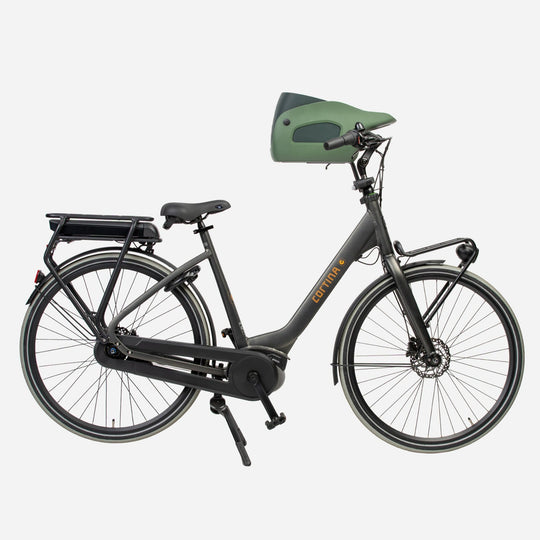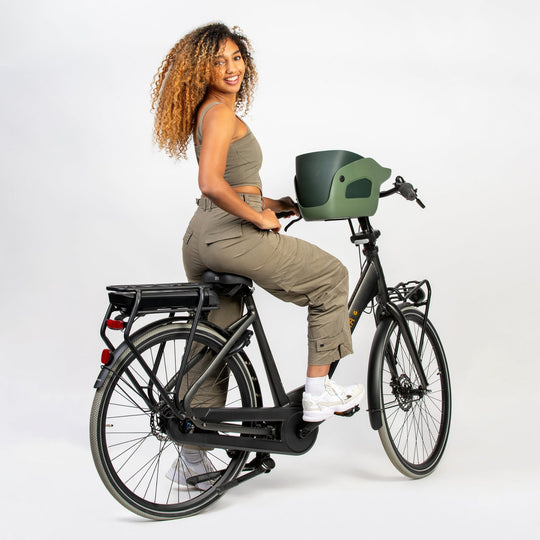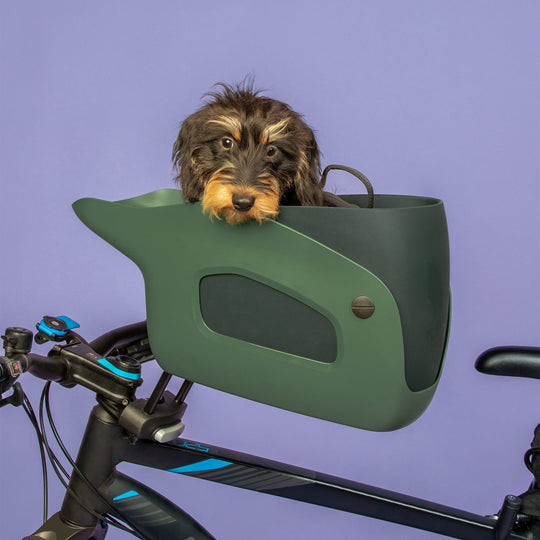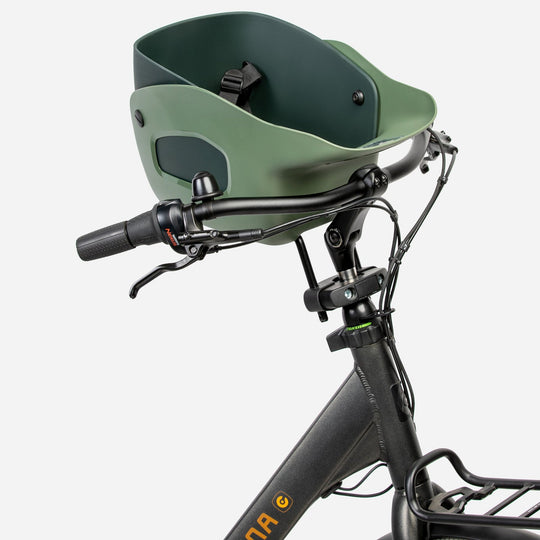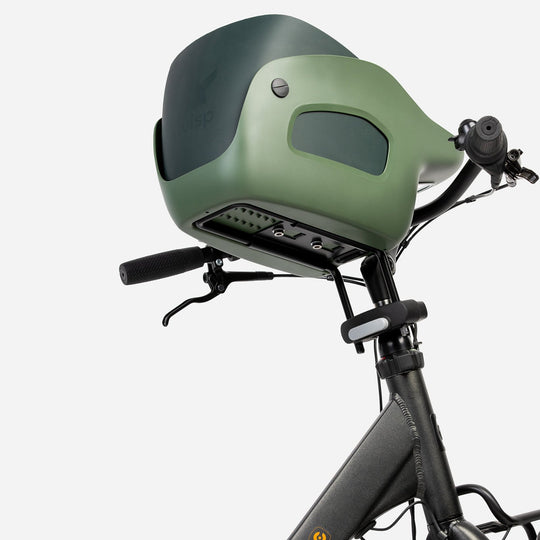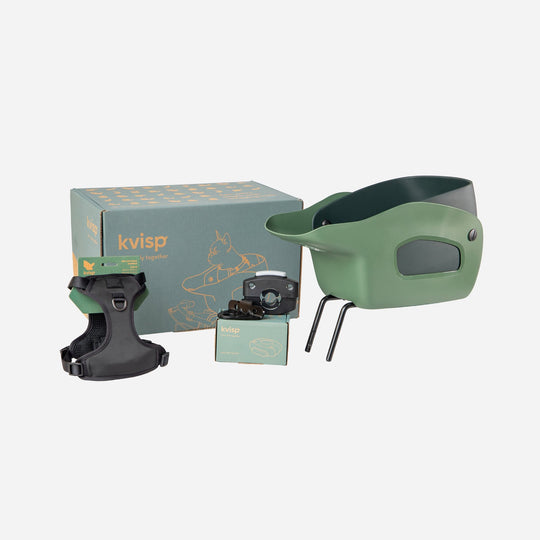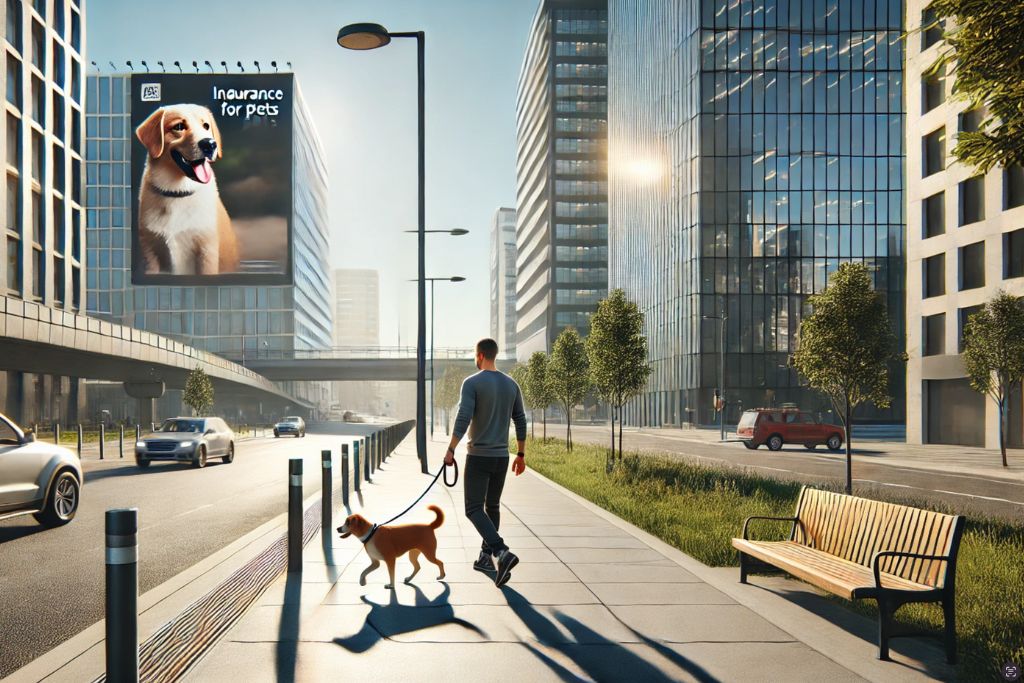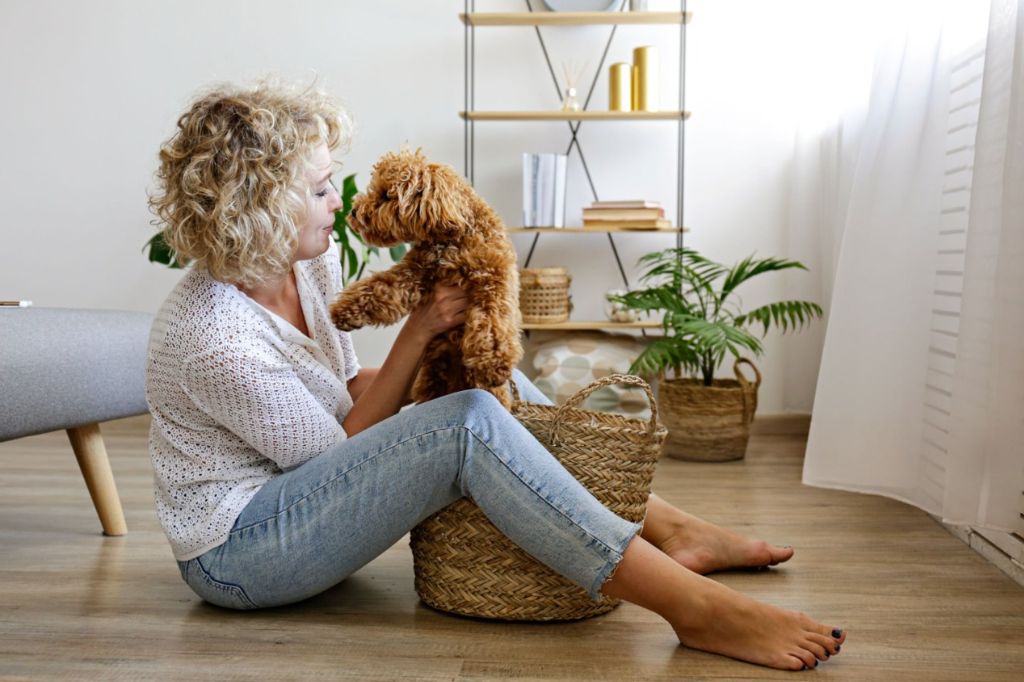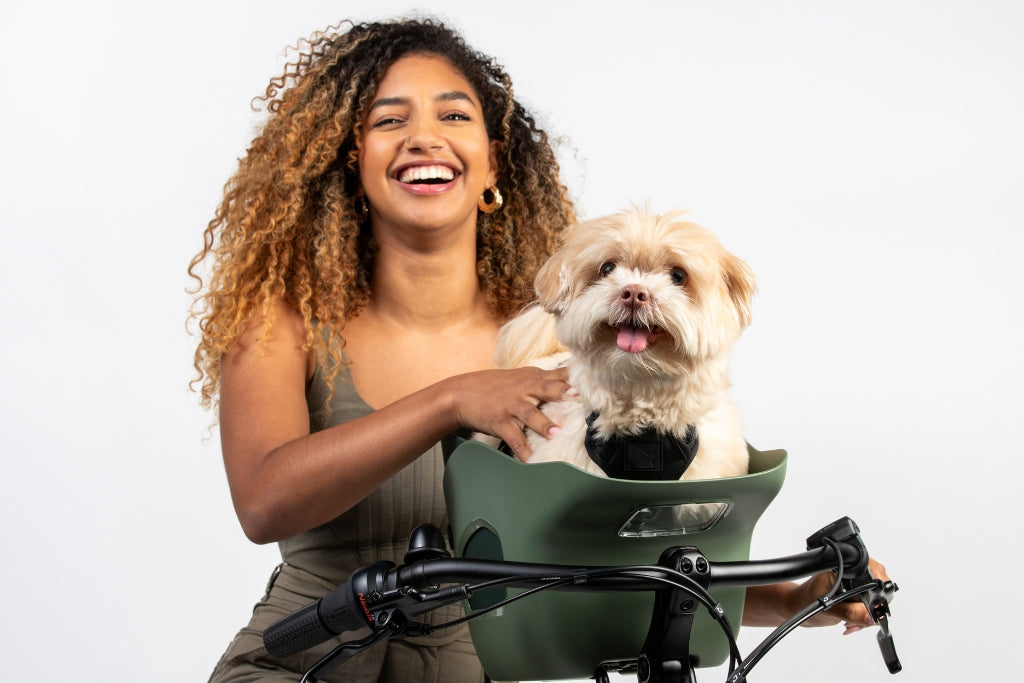How to Secure a Dog Bike Basket for a Smooth and Safe Ride
There’s nothing quite like the feeling of hitting the open road with your four-legged best friend by your side—or, in this case, right in front of you in a cozy bike basket! Dog carriers on bikes open up a whole new world of pet-friendly cycling, allowing you and your pup to explore the outdoors together. Whether you’re cruising through the park, riding along scenic trails, or simply running errands, having your dog along for the ride makes every trip more special. Plus, biking is a fantastic way to keep both you and your furry friend active while embracing an eco-friendly travel option.
But as fun as it sounds, safety should always come first. A poorly secured basket can wobble, tilt, or even detach, making the ride stressful for both you and your pup. Small dogs, in particular, may feel nervous in a moving basket if they’re not properly secured. The last thing you want is an unexpected tumble! That’s why understanding how to choose, install, and ride with a secure small dog bicycle carrier is essential. In this guide, we’ll go over everything you need to know to keep your pup safe, comfortable, and confident as you embark on your cycling adventures.

Choosing the Right Dog Bike Basket for Security
Before you even think about installing a dog bike basket, you need to make sure you’re picking the right one. Not all baskets are created equal! A good small dog bicycle carrier should be sturdy, well-ventilated, and properly secured to your bike. Look for features like a reinforced bottom, durable attachment system, and built-in safety leash to keep your pup from jumping out. Weight capacity is also key—many bike baskets have strict weight limits, so always check that your dog fits within the recommended range.
There are two main types of dog bike baskets: handlebar-mounted and rear-mounted. Handlebar-mounted baskets give you more control and allow your pup to enjoy the view, but they can affect steering if not properly balanced. Rear-mounted baskets are more stable and work well for slightly heavier dogs, but they limit visibility. If you ride an e-bike with a dog seat, rear-mounted options may be the safer choice due to the added weight. No matter which style you choose, avoid makeshift solutions—your pup deserves a basket designed specifically for pet-friendly cycling!
Installing the Dog Bike Basket Properly
Once you've picked the perfect basket, it’s time to install it properly. Start by carefully following the manufacturer’s instructions—each model is different, and skipping steps could lead to an unstable setup. Most dog carriers on bikes attach using one of three systems: clamp-on, bolt-on, or strap-secured mounts. Clamp-on systems are easy to install and remove but must be tightened properly to prevent shifting. Bolt-on mounts offer a more permanent and secure option, while strap-secured baskets provide flexibility but require frequent adjustments.
To ensure a rock-solid installation, double-check the tightness of all bolts, clamps, and straps before every ride. A loose basket can shift suddenly, throwing off your balance or, worse, sending your pup tumbling. If your basket includes a safety tether, attach it to your dog’s harness (never just their collar!) for an extra layer of security. One of the most common mistakes dog owners make is underestimating how much force their pup can generate when shifting around—so test everything before heading out!
Ensuring Your Dog’s Comfort and Security in the Basket
Your dog’s safety isn’t just about the basket—it’s also about making sure they feel comfortable and secure. A hard-bottomed carrier can be bumpy on uneven roads, so add a soft, non-slip cushion to the bottom. Memory foam inserts or padded liners can help absorb shock and keep your pup relaxed during longer rides. Also, consider ventilation—baskets with mesh sides allow for better airflow, preventing overheating on warm days.
Another must-have? A built-in or attachable safety leash. Even the most well-behaved pups can get spooked by sudden noises or movements, and a properly secured leash will prevent them from jumping out. If your pup is new to bike riding, introduce the basket gradually. Let them sit in it while stationary, reward them with treats, and take short practice rides before committing to a full outdoor adventure. Some dogs take to it immediately, while others need a little reassurance—but with patience, they’ll soon be loving the ride!
Testing Stability Before Hitting the Road
Before you take off on your first ride, do a stability test—this step is crucial! Start by placing some weighted objects (like books or a bag of dog food) in the basket to simulate your pup’s weight. Walk the bike around to check for wobbling or tilting. If the basket shifts too much, re-tighten the mounting system or adjust your weight distribution.
Once you’re confident in the setup, do a test ride without your dog. Ride on different surfaces, brake gently, and see how the basket holds up. If it feels unsteady, you may need to adjust how it’s mounted or reconsider the type of basket you're using. Taking the time to perfect the setup before your dog hops in will make a world of difference when it comes to safety and comfort.

Riding Safely with Your Dog in the Front Basket
Now that everything is set up, let’s talk about riding technique. When carrying a dog in a bike basket, smooth, controlled movements are key. Avoid sudden stops or sharp turns, as these can throw your dog off balance. Keep a moderate, steady pace—going too fast increases the risk of tipping, while going too slow might make balancing harder.
Be mindful of your surroundings! Watch for potholes, rough terrain, and sudden obstacles. If your pup is nervous, talk to them in a calm, reassuring voice throughout the ride. Dogs take their cues from their humans, so if you’re relaxed, they’re more likely to feel secure. And always keep both hands on the handlebars—tempting as it may be to reach out for a pat, safety comes first!
Long-Term Maintenance for a Safe and Secure Basket
Like any piece of biking gear, your dog bike basket requires regular maintenance. Check the mounting system for loose bolts, frayed straps, or cracks in the basket material before each ride. If you ride frequently, aim to do a more thorough inspection every couple of weeks.
Cleaning is also essential! Dirt, drool, and weather exposure can wear down materials over time. Use a damp cloth and mild soap to wipe down the basket and remove debris. For fabric liners or cushions, check if they’re machine washable or spot clean as needed. If your basket shows signs of excessive wear, rust, or instability, it’s time for a replacement—better safe than sorry.
Choosing the Right Route for a Safe Ride
The path you choose plays a massive role in the safety and enjoyment of your ride. Not all roads and trails are dog-friendly, and some can be downright dangerous if you’re not careful. The best routes for biking with a dog in a basket are smooth, low-traffic, and free of sudden obstacles. Dedicated bike paths, park trails, and quiet neighborhood streets are ideal. Avoid high-traffic areas where loud noises, fast-moving vehicles, and unpredictable pedestrians might startle your pup. If you live in a city, scout out bike-friendly areas in advance to make sure your route is as stress-free as possible.
Pay close attention to the terrain! Bumpy or uneven roads can cause your basket to shake, making the ride uncomfortable or even unsafe for your dog. If you’re venturing onto a new path, take a solo test ride first to check for unexpected hazards like potholes, steep inclines, or rough patches. On longer rides, plan rest stops where you and your pup can take a breather, hydrate, and enjoy the surroundings. A well-planned route makes the difference between a fun adventure and a stressful ride!
Weather Considerations for a Safe Ride
Biking with your pup isn’t just about the route—it’s also about timing and weather. Hot pavement, strong winds, and unexpected rain showers can turn an enjoyable ride into a miserable one. Always check the temperature before heading out. If it’s too hot for you, it’s definitely too hot for your dog! Dogs overheat much faster than humans, and sitting in a basket with limited airflow can make things worse. Aim to ride in the early morning or late afternoon when temperatures are cooler.
Cold weather has its own set of challenges. Small dogs and short-haired breeds get chilly quickly, so consider adding a cozy liner or wind-resistant cover to the basket. If it’s raining, a water-resistant basket liner or small canopy can help keep your pup dry. No matter the season, hydration is key—bring water and take breaks so your dog can drink and cool down. Weather can change quickly, so be prepared to cut your ride short if conditions take a turn for the worse.
Emergency Preparedness While Biking with Your Dog
No one likes to think about accidents, but when biking with a dog, it’s always better to be prepared. What happens if your dog suddenly jumps out of the basket? While a properly secured harness and safety leash should prevent this, it’s essential to practice emergency stops and be ready to handle unexpected situations. Always ride at a speed where you can quickly and safely brake if needed.
Carrying a small pet first aid kit is a smart move. A kit with antiseptic wipes, bandages, tweezers (for splinters or thorns), and a cooling pad can be a lifesaver if your pup gets a minor injury. If you’re planning a long ride, check the nearest veterinary clinics along your route—just in case. And always listen to your dog! If they seem uncomfortable, anxious, or overly tired, stop and reassess—forcing a ride when they’re not enjoying it defeats the purpose of pet-friendly cycling.
Alternative Secure Bike Carrier Options
While dog baskets are fantastic for small breeds, they’re not the only option. If your pup is a bit too big for a handlebar-mounted basket or tends to squirm a lot, a pet trailer or dog backpack might be a better fit. Bike trailers offer a stable, enclosed space for dogs, making them a great option for medium-sized breeds or dogs who prefer more room. They attach to the back of your bike, offering excellent security while keeping your pup safe from wind and road debris.
Another great option is a dog backpack carrier, which allows you to cycle hands-free while keeping your dog close. These are especially useful for e-bikes with dog seats, where weight distribution needs to be carefully managed. Transitioning from a basket to a trailer or backpack takes some patience—let your dog explore the carrier off the bike first, reward them for staying inside, and do a few short rides before committing to a long-distance adventure. Finding the right setup ensures both you and your pup are riding comfortably and confidently.
Making Every Ride Enjoyable and Worry-Free
At the end of the day, biking with your dog should be fun—for both of you! If your pup seems hesitant at first, don’t rush the process. Gradually increase ride time so they get used to the movement, sights, and sounds of biking. Some dogs take to riding immediately, while others need more time to build confidence. Positive reinforcement goes a long way—praise, treats, and encouragement will help them associate the bike with good experiences.
Every ride is an opportunity to bond with your dog and create amazing memories. With the right setup, a well-secured small dog bicycle carrier, and a little patience, your pup will be riding like a pro in no time. So buckle them in, pick a scenic route, and enjoy the thrill of outdoor adventures together. There’s nothing quite like the feeling of wind in your hair—and the happy wag of a tail right in front of you!




